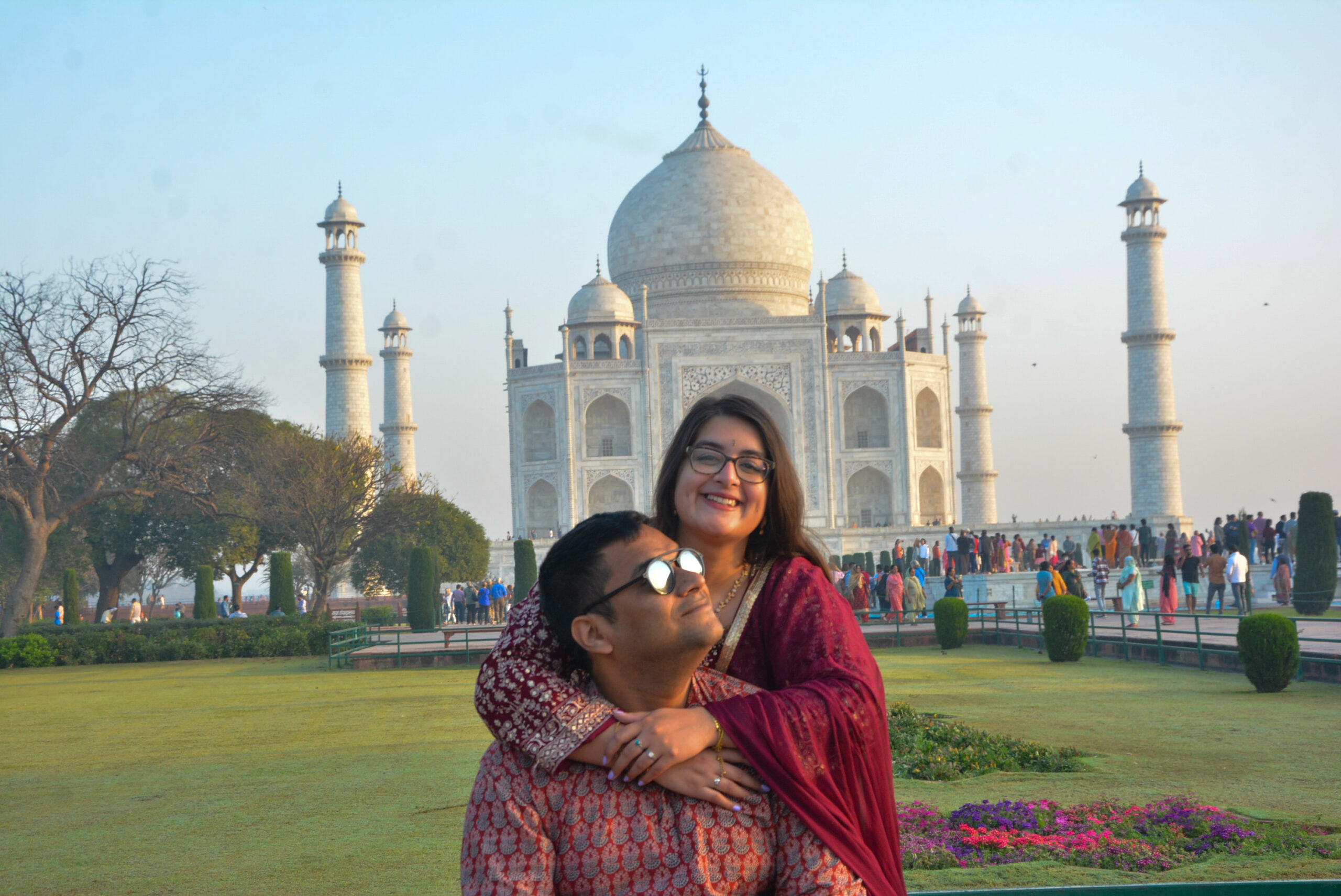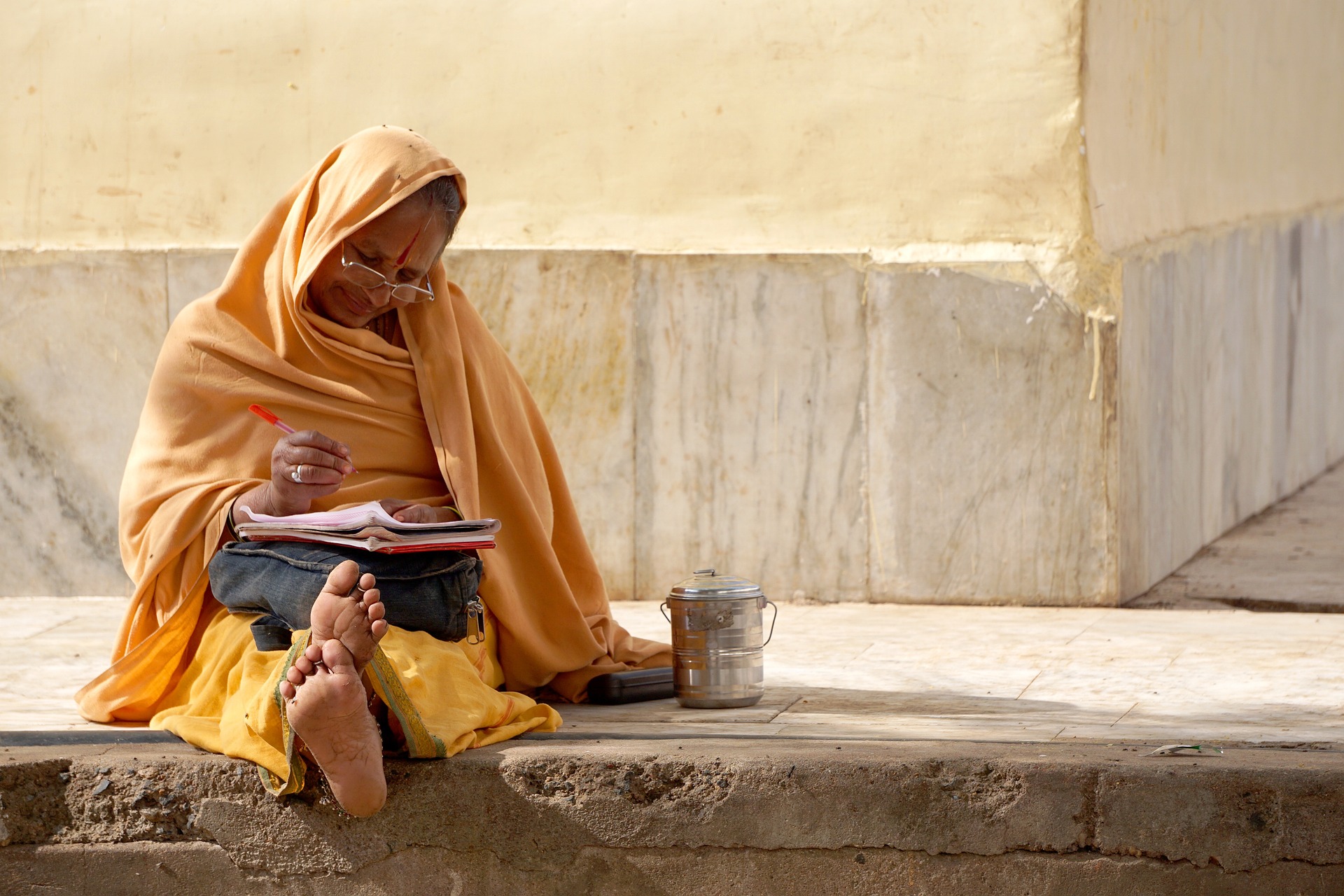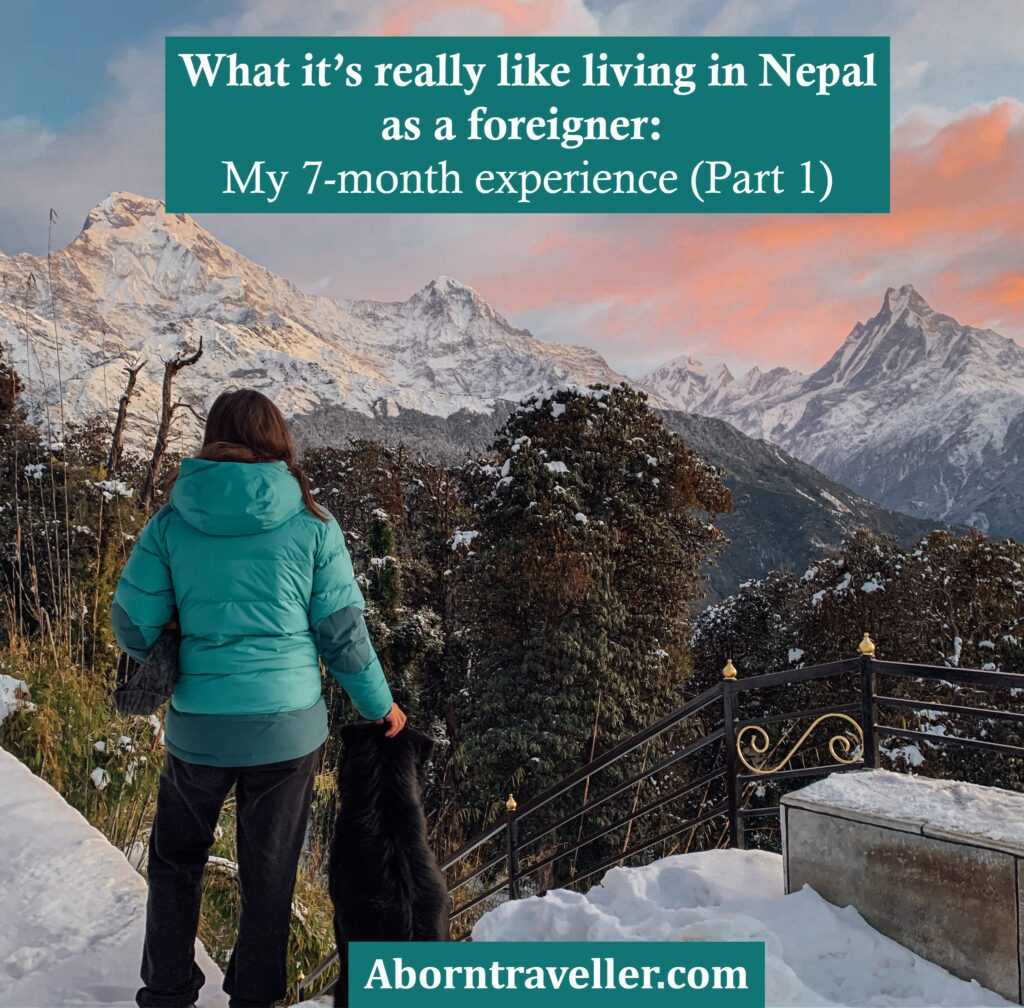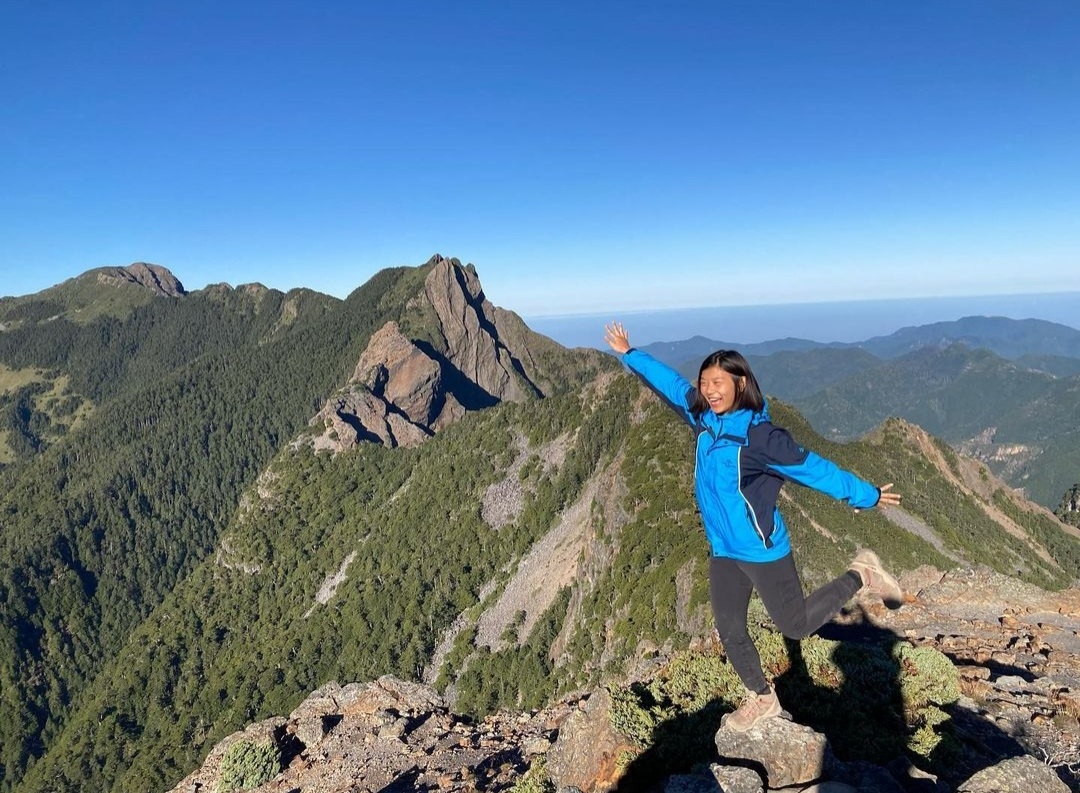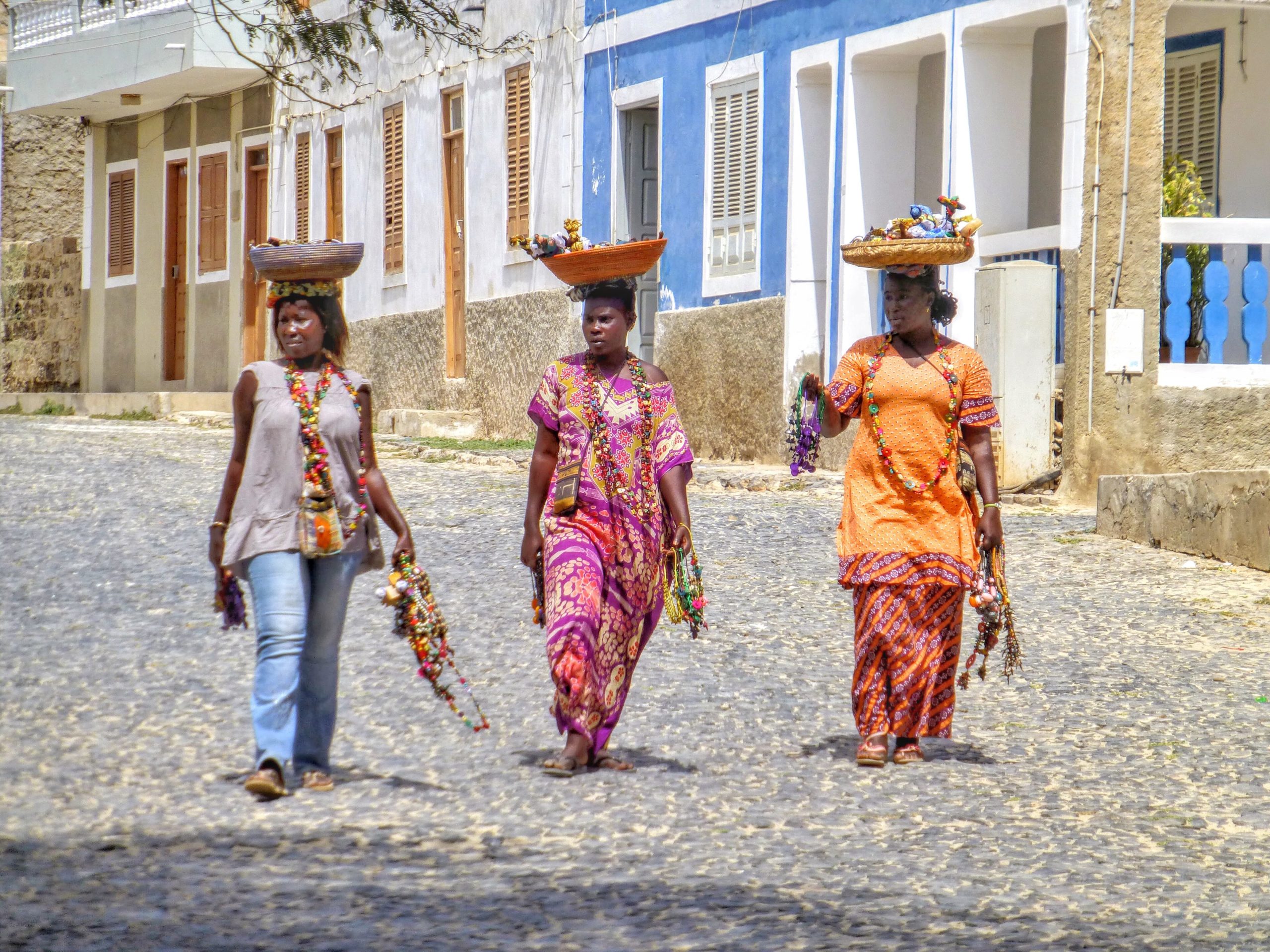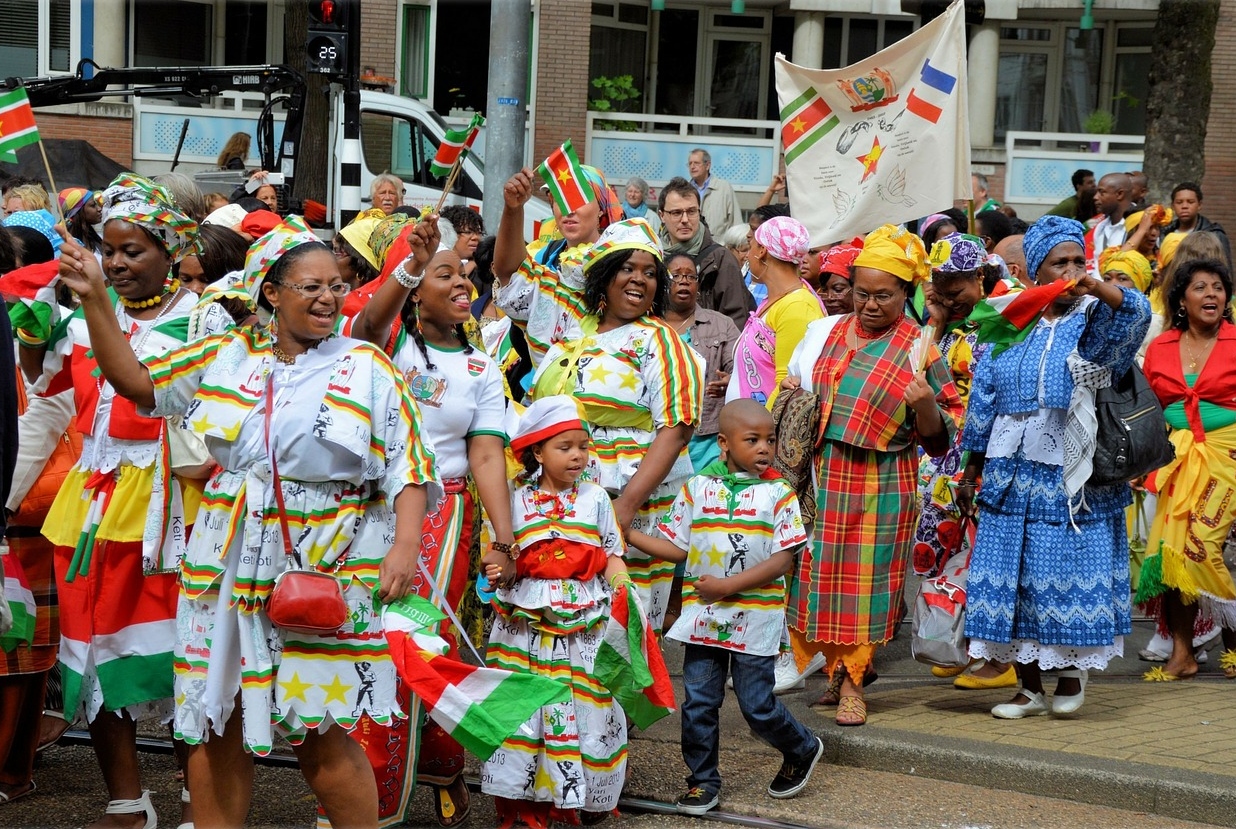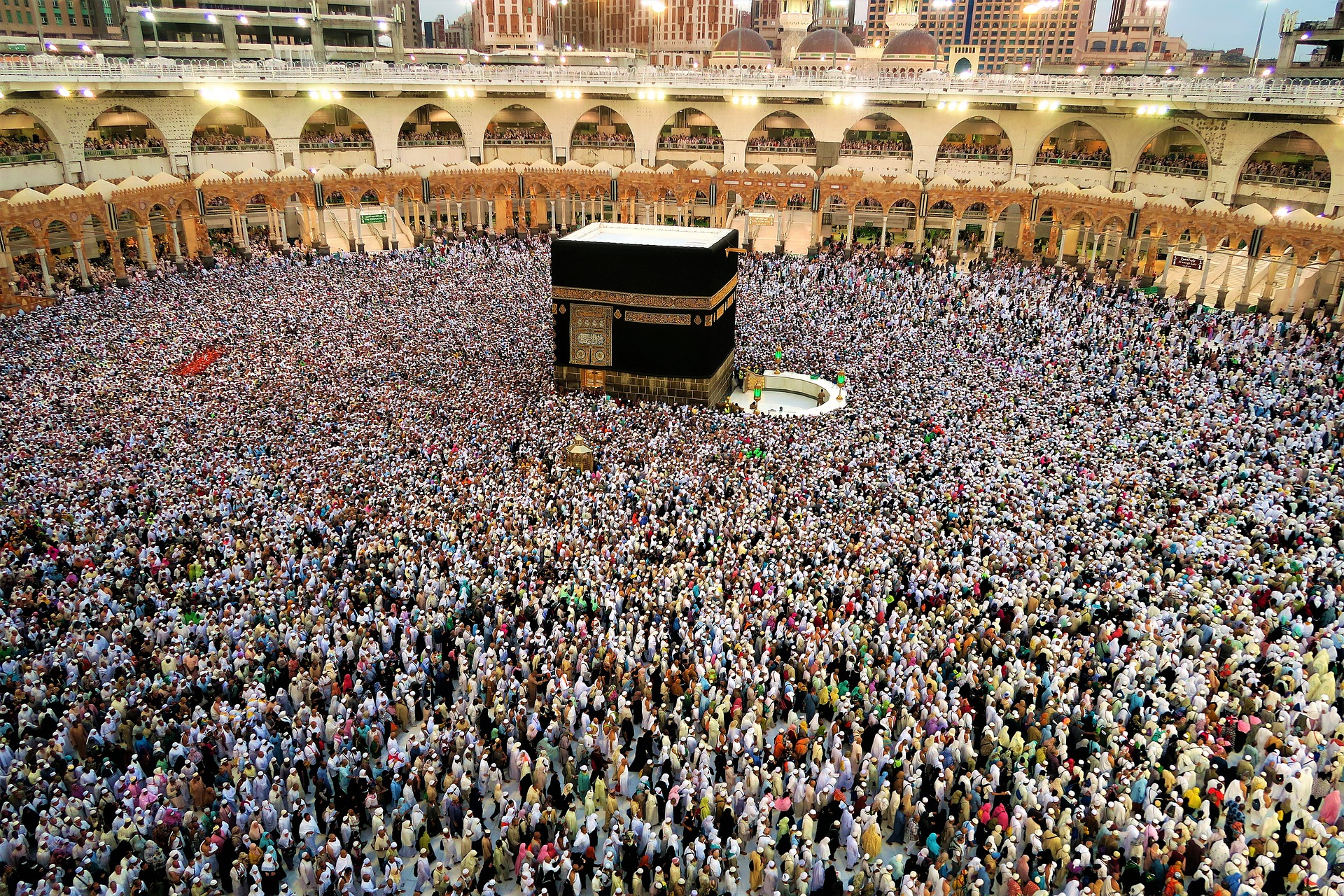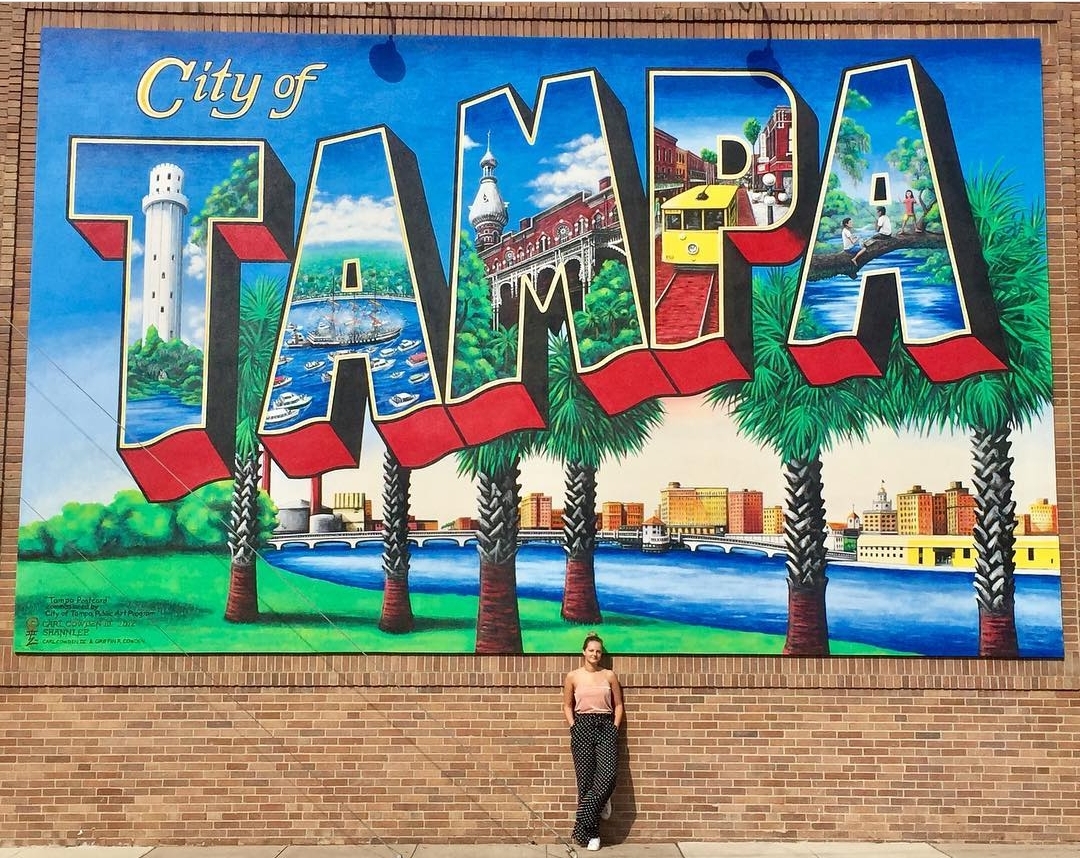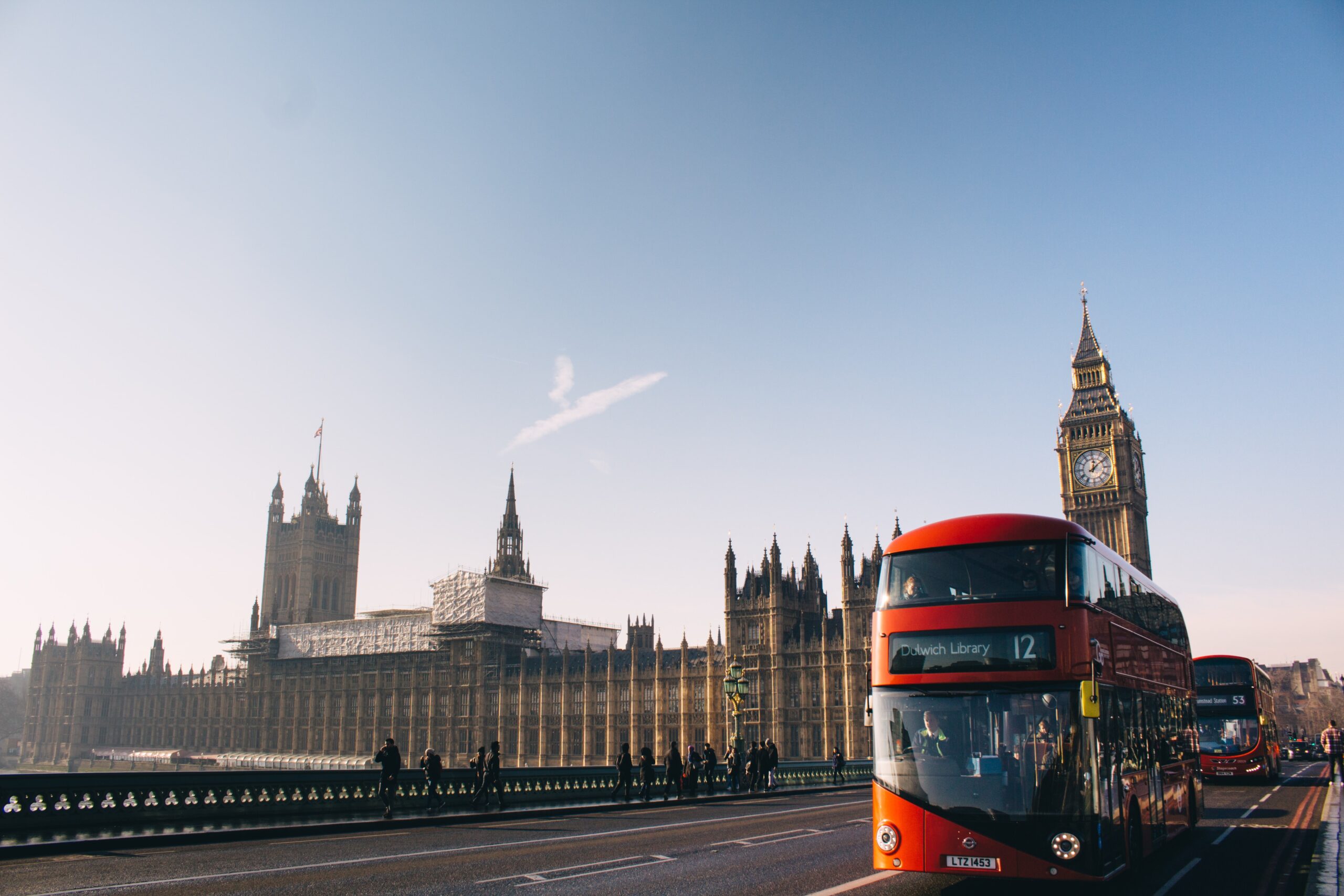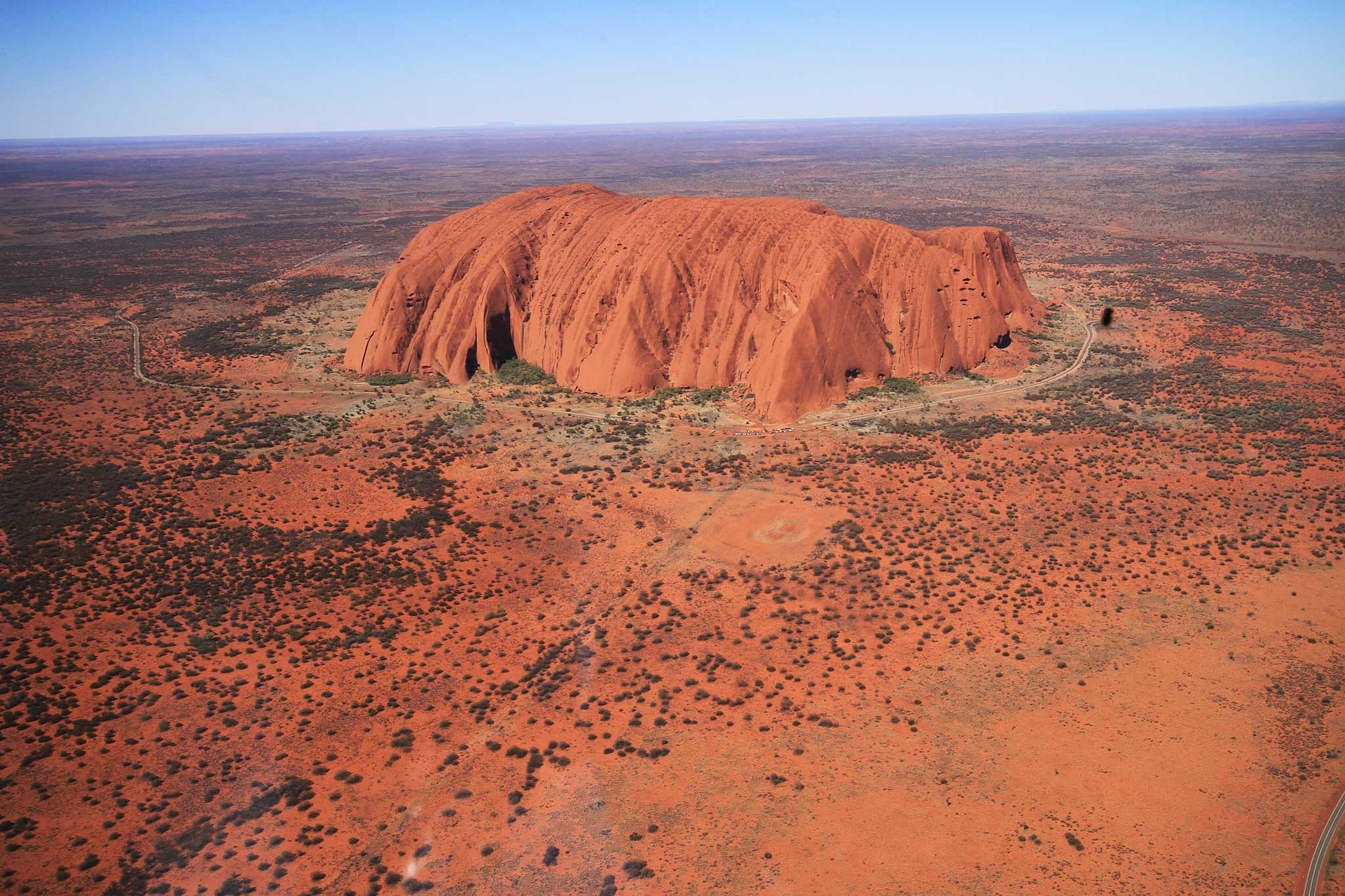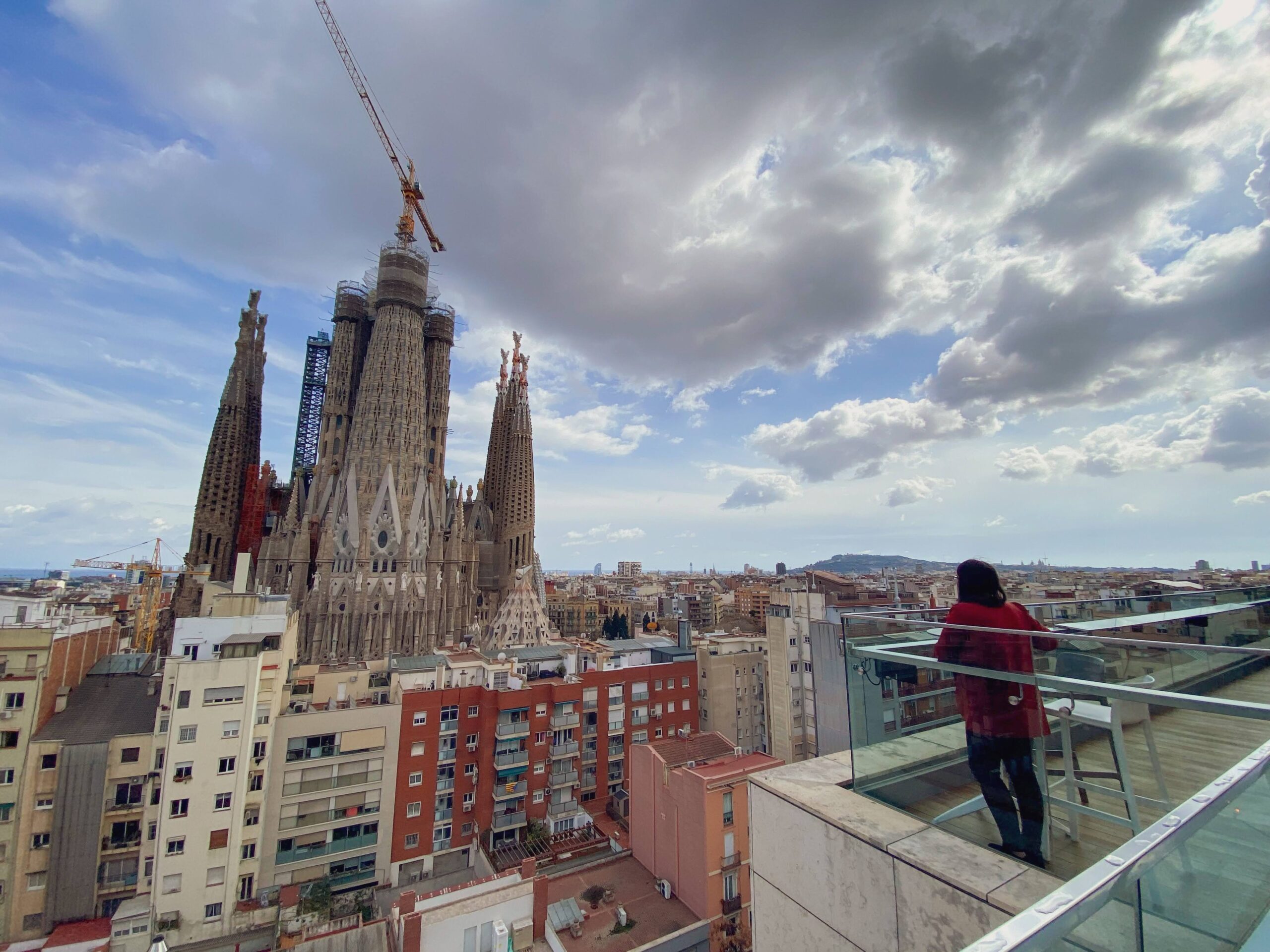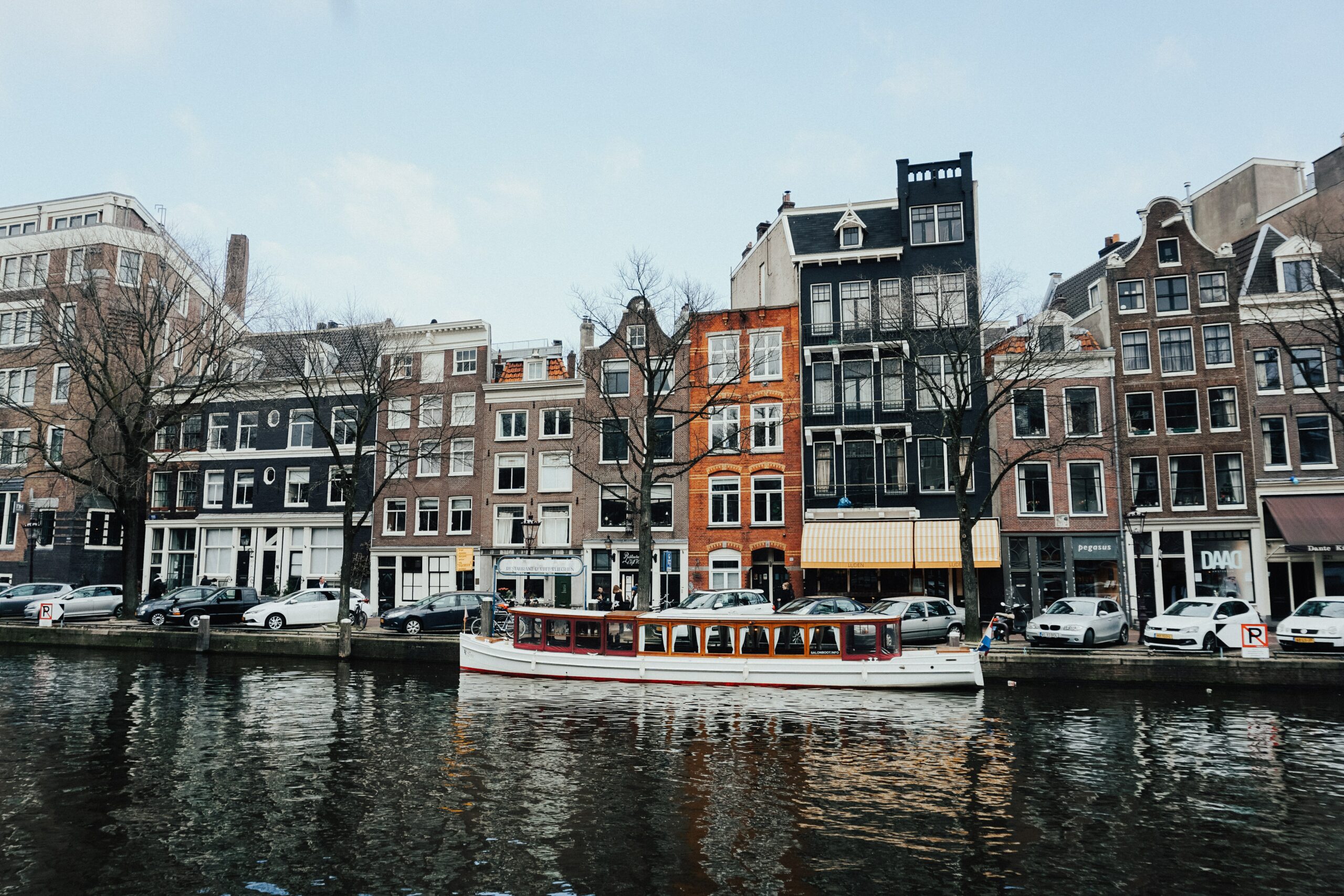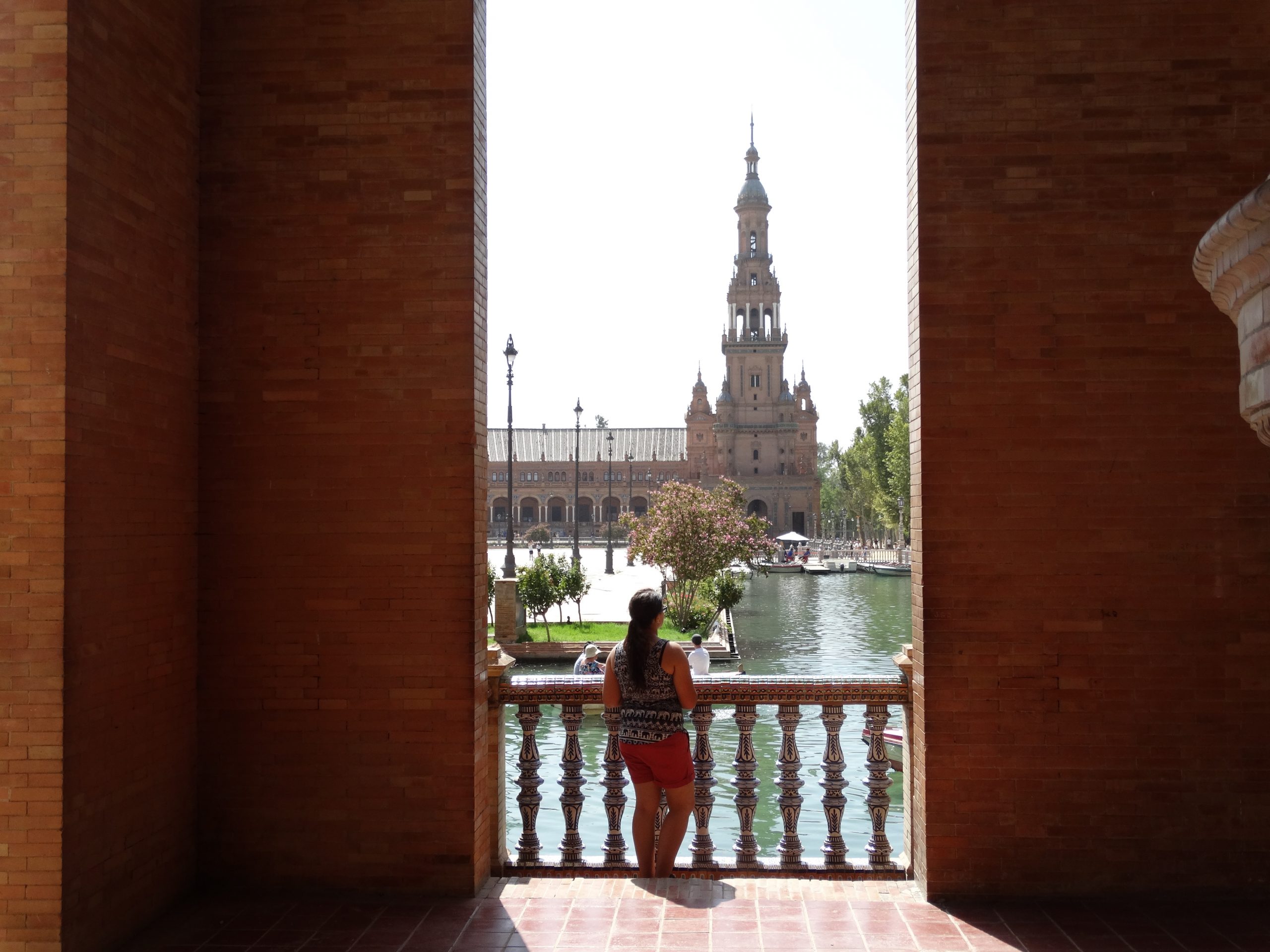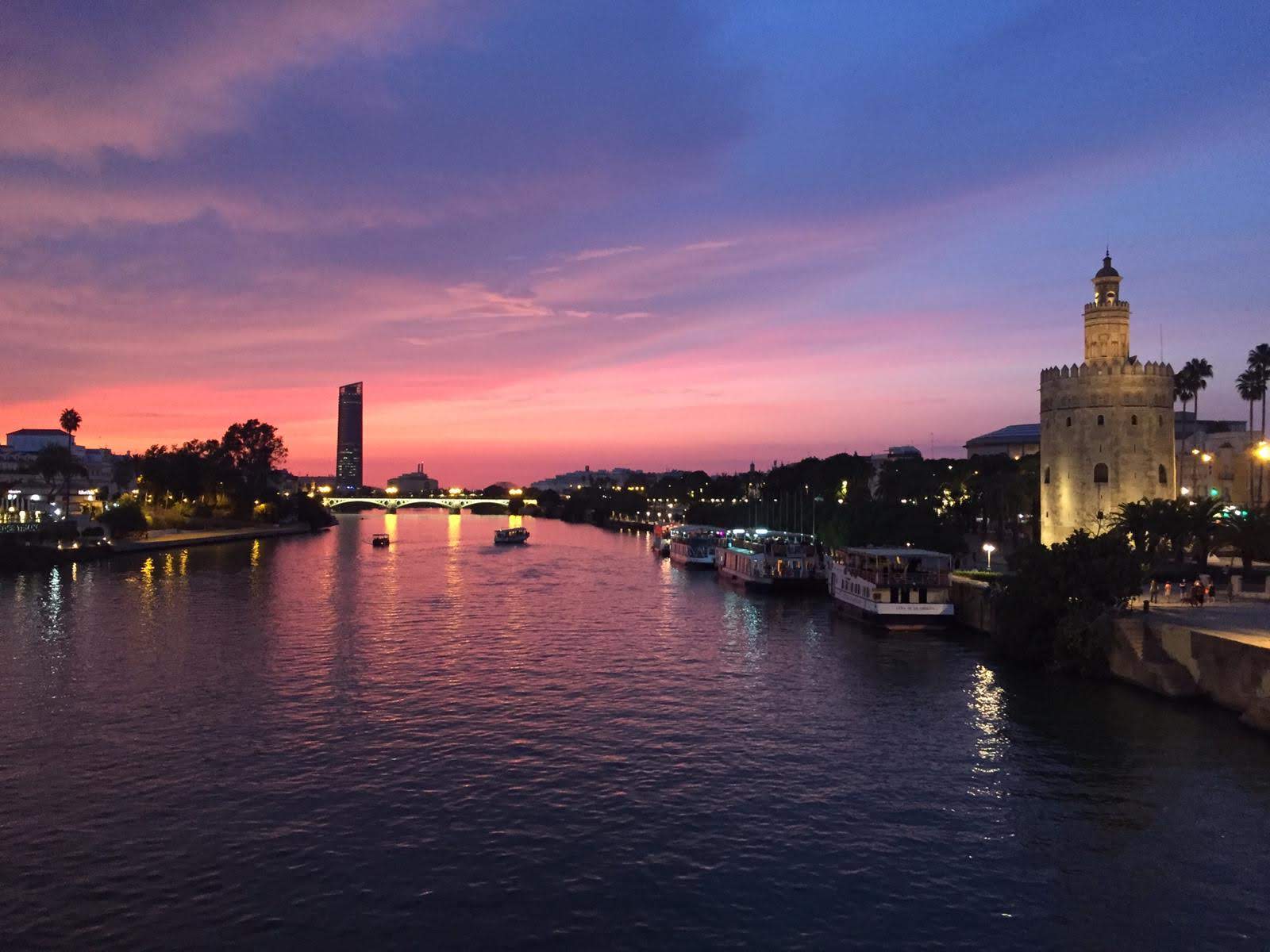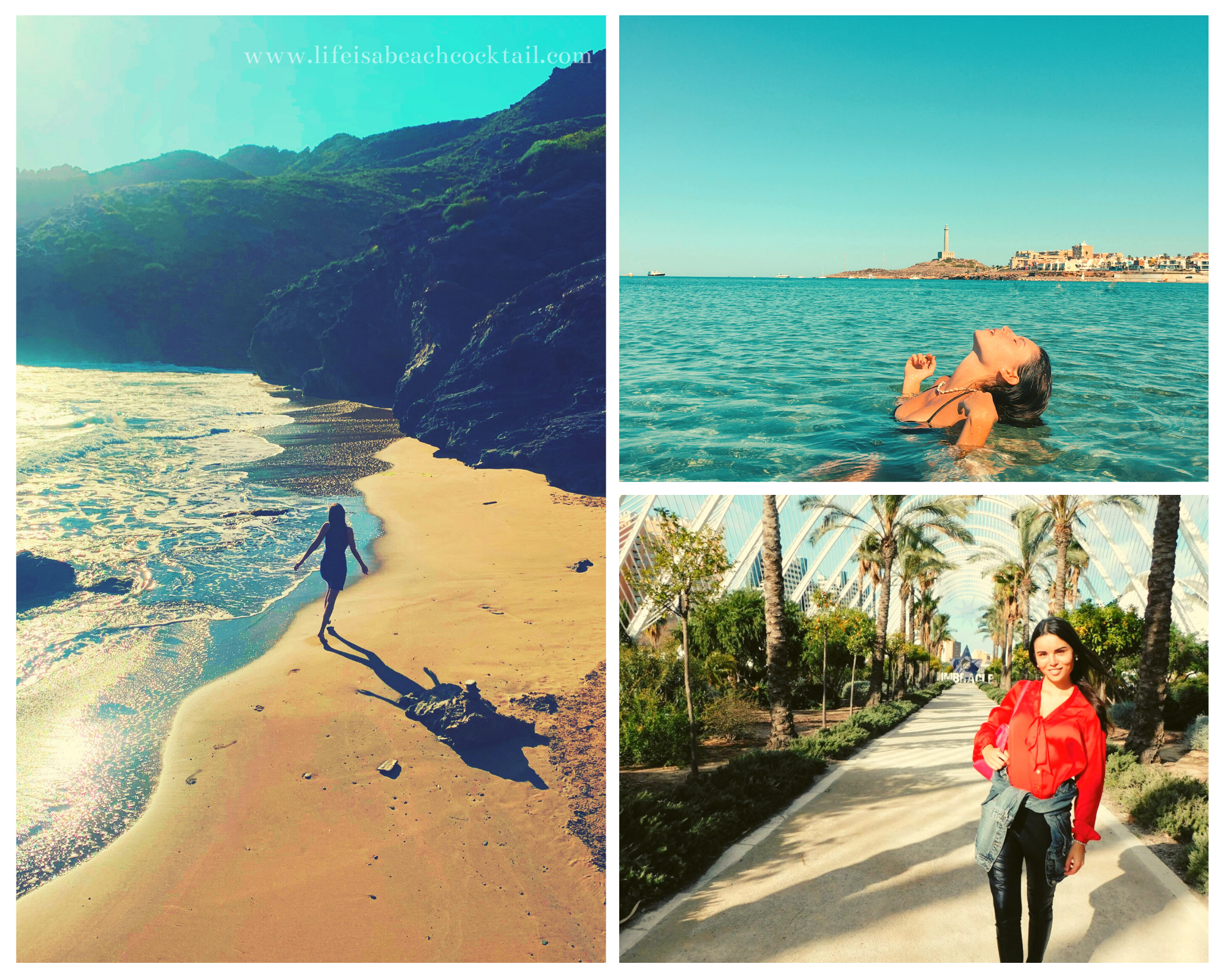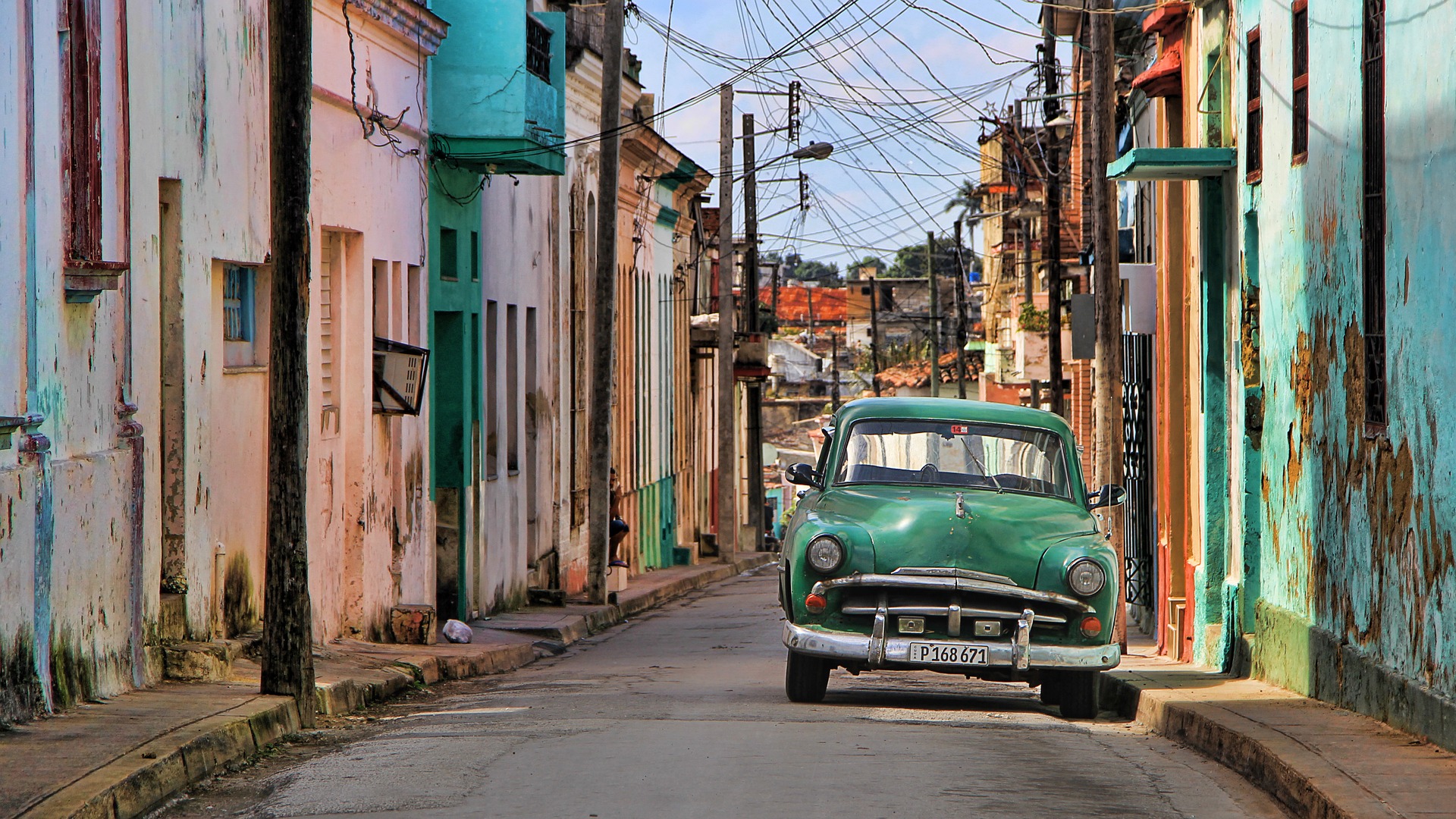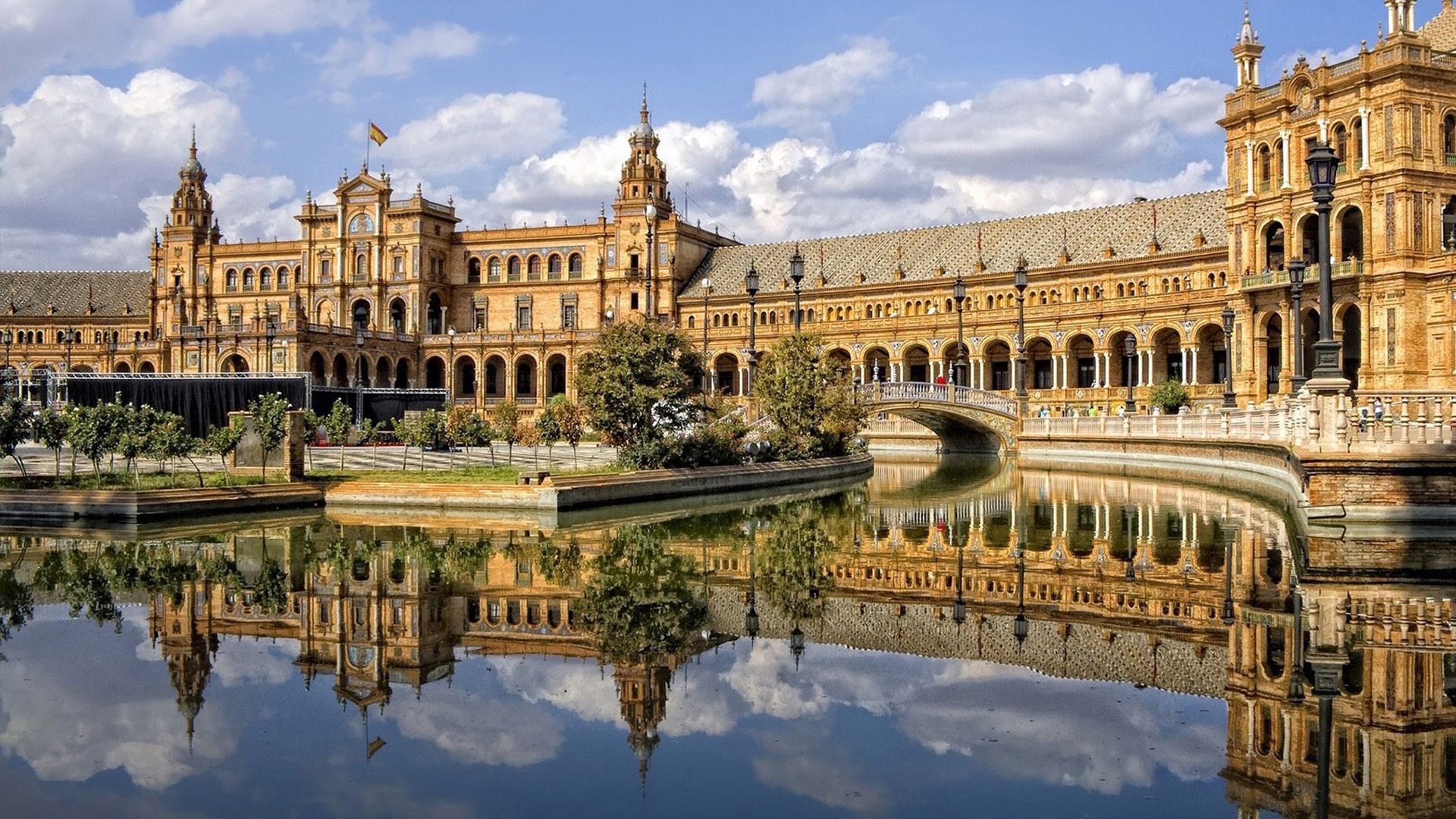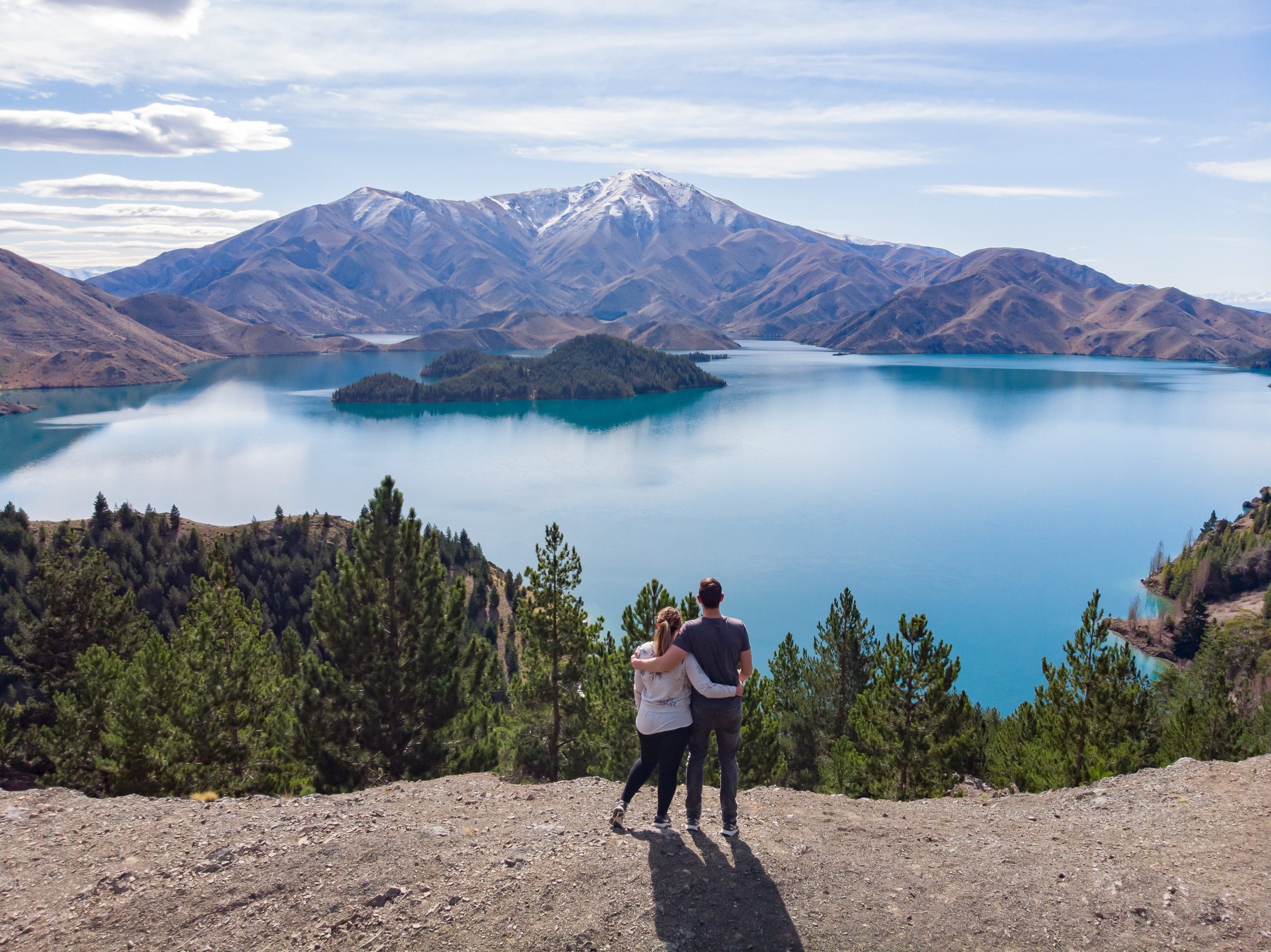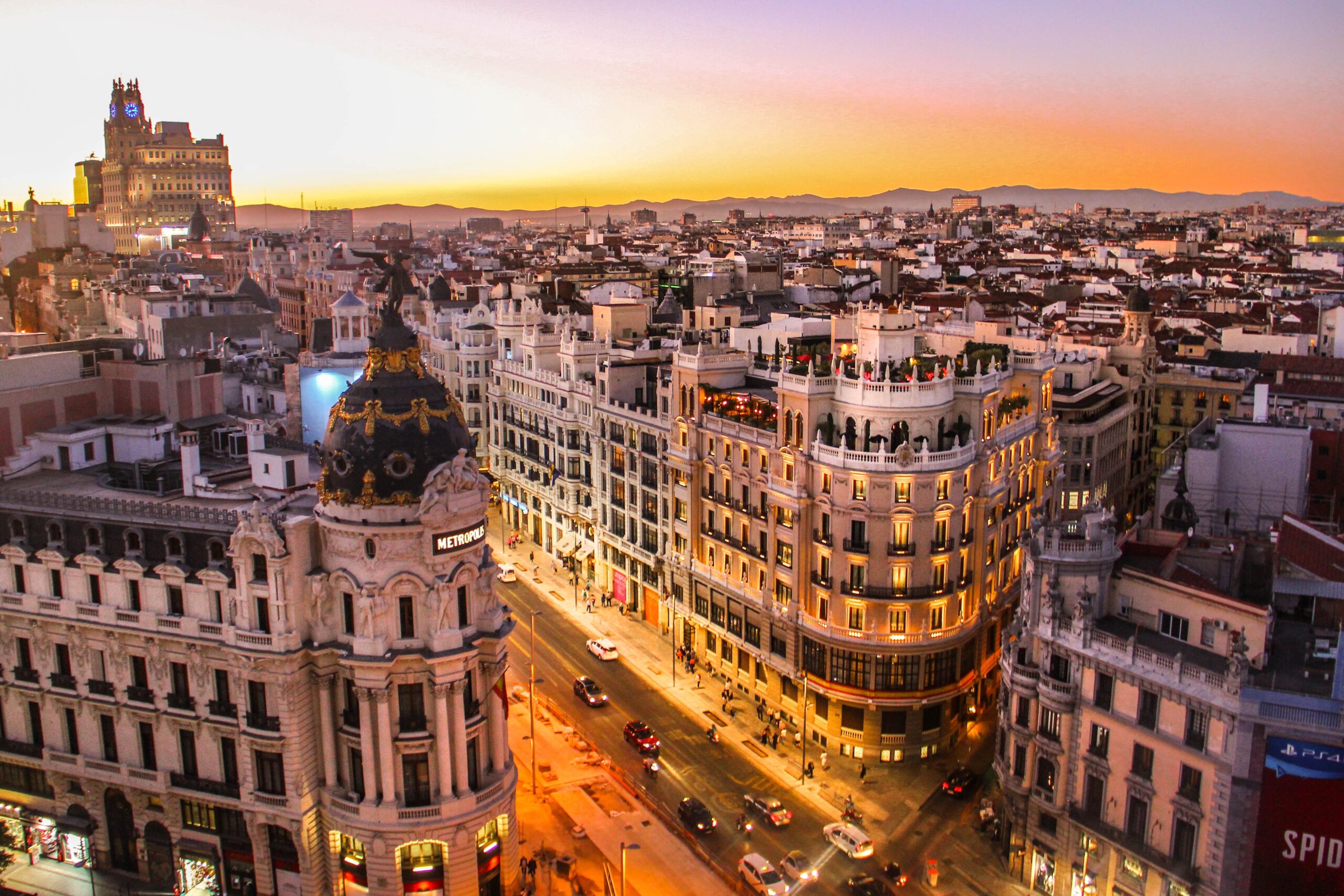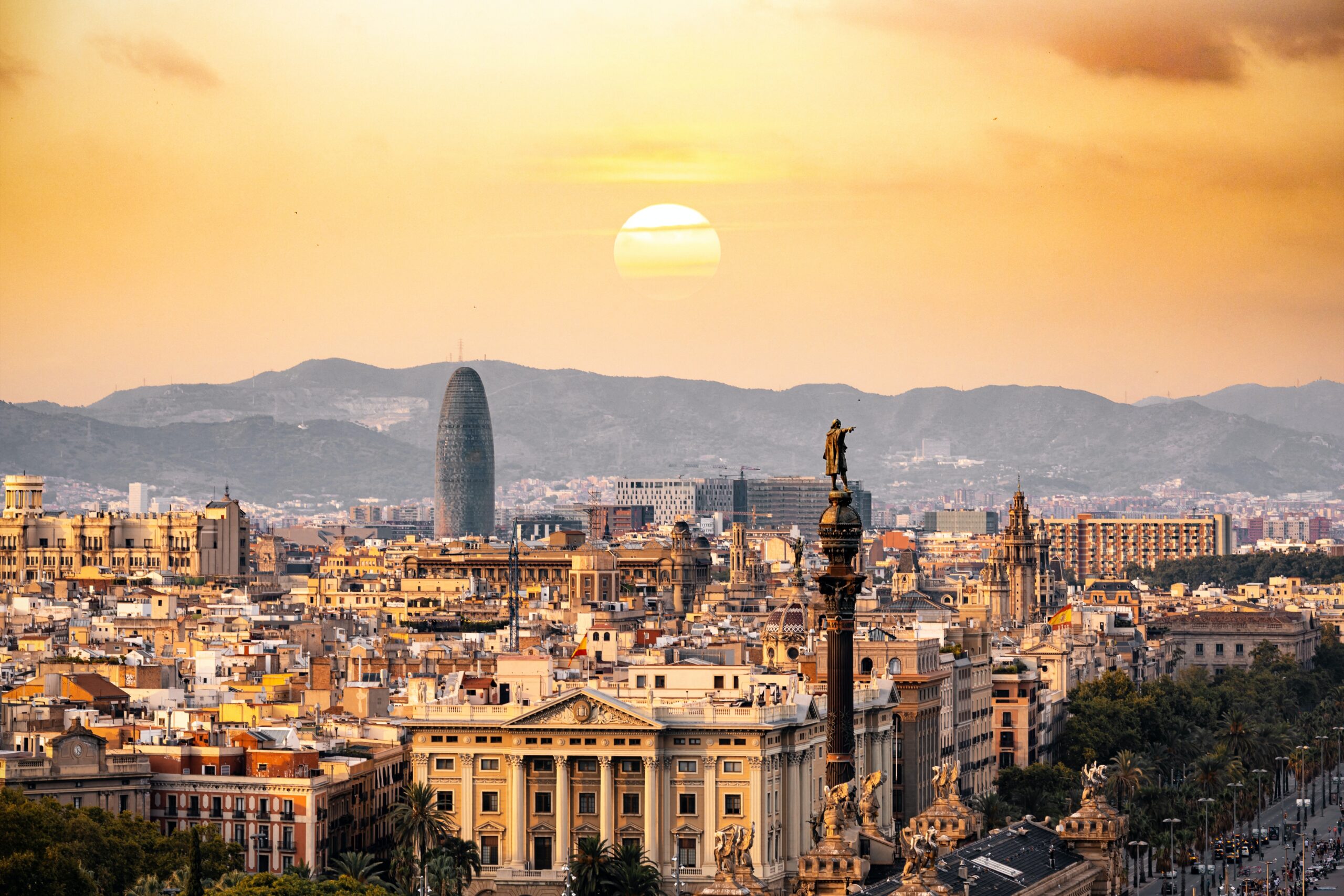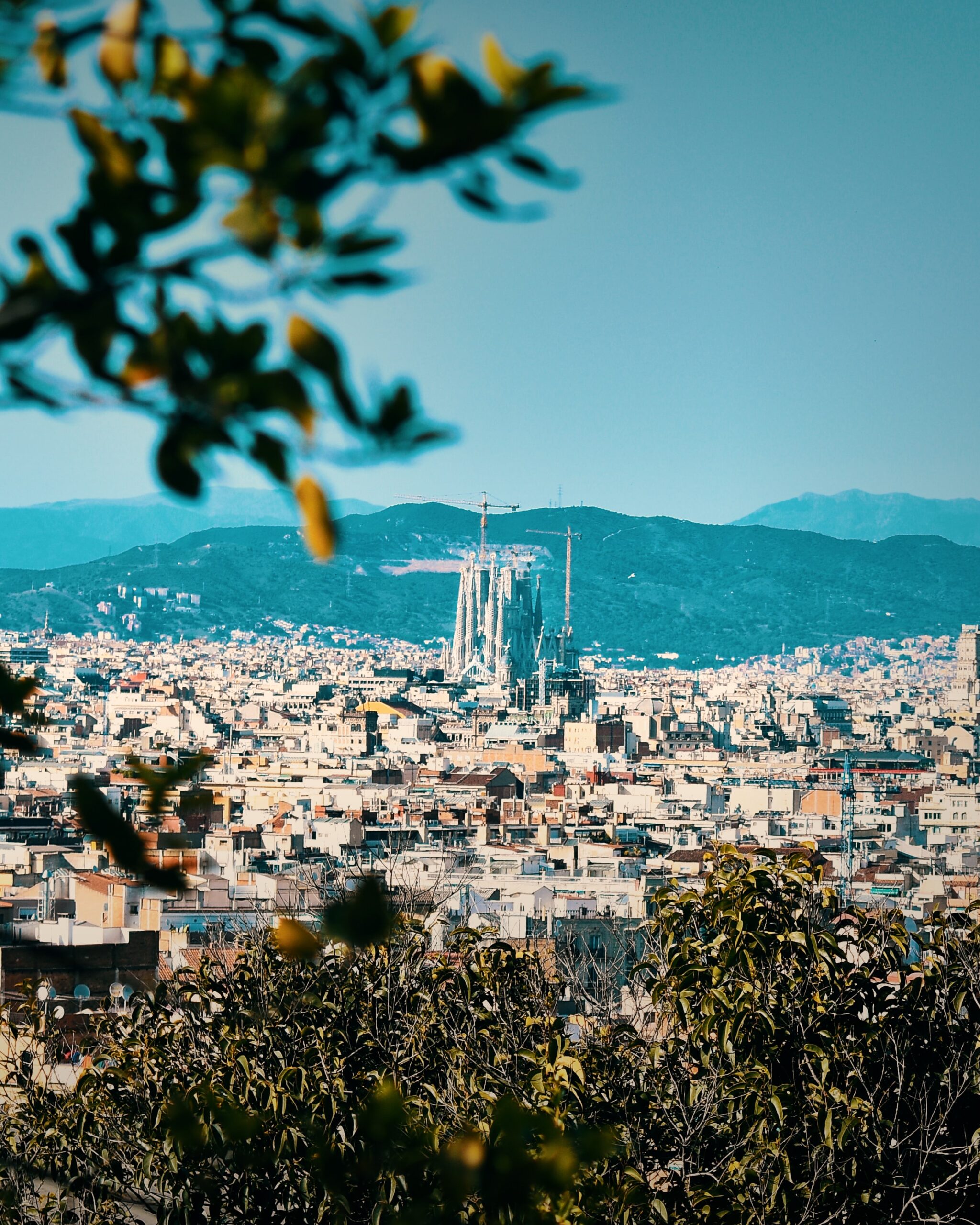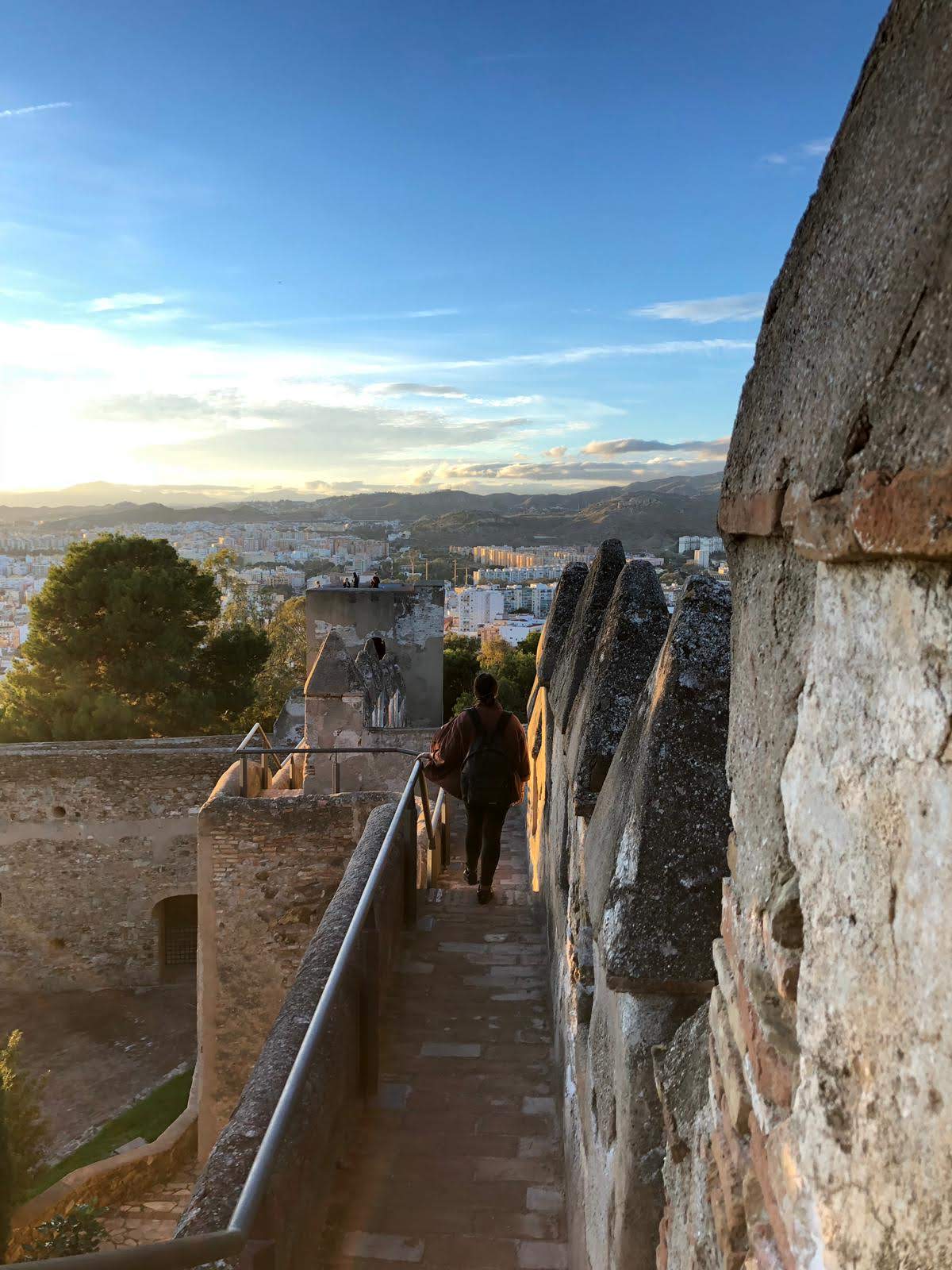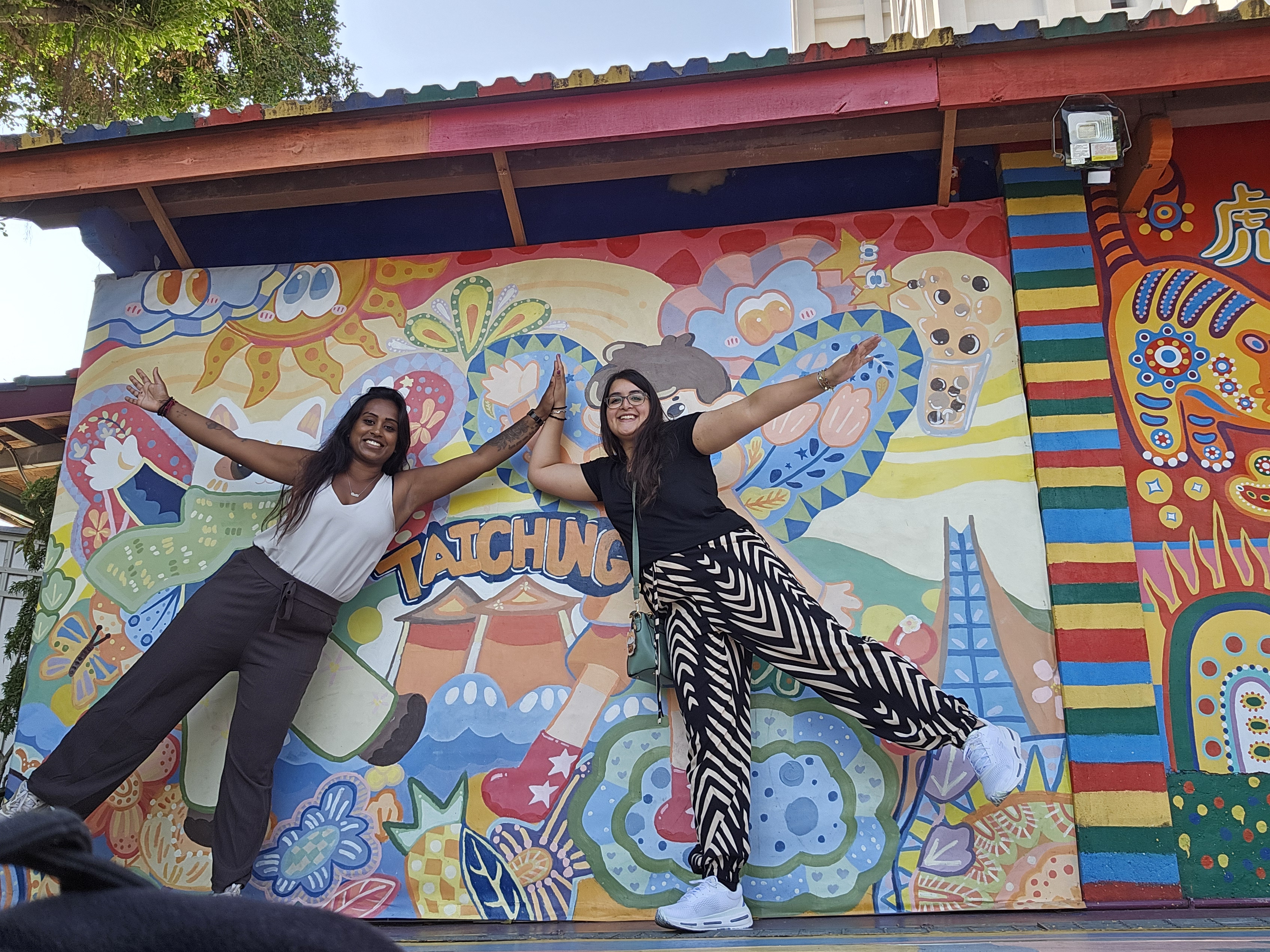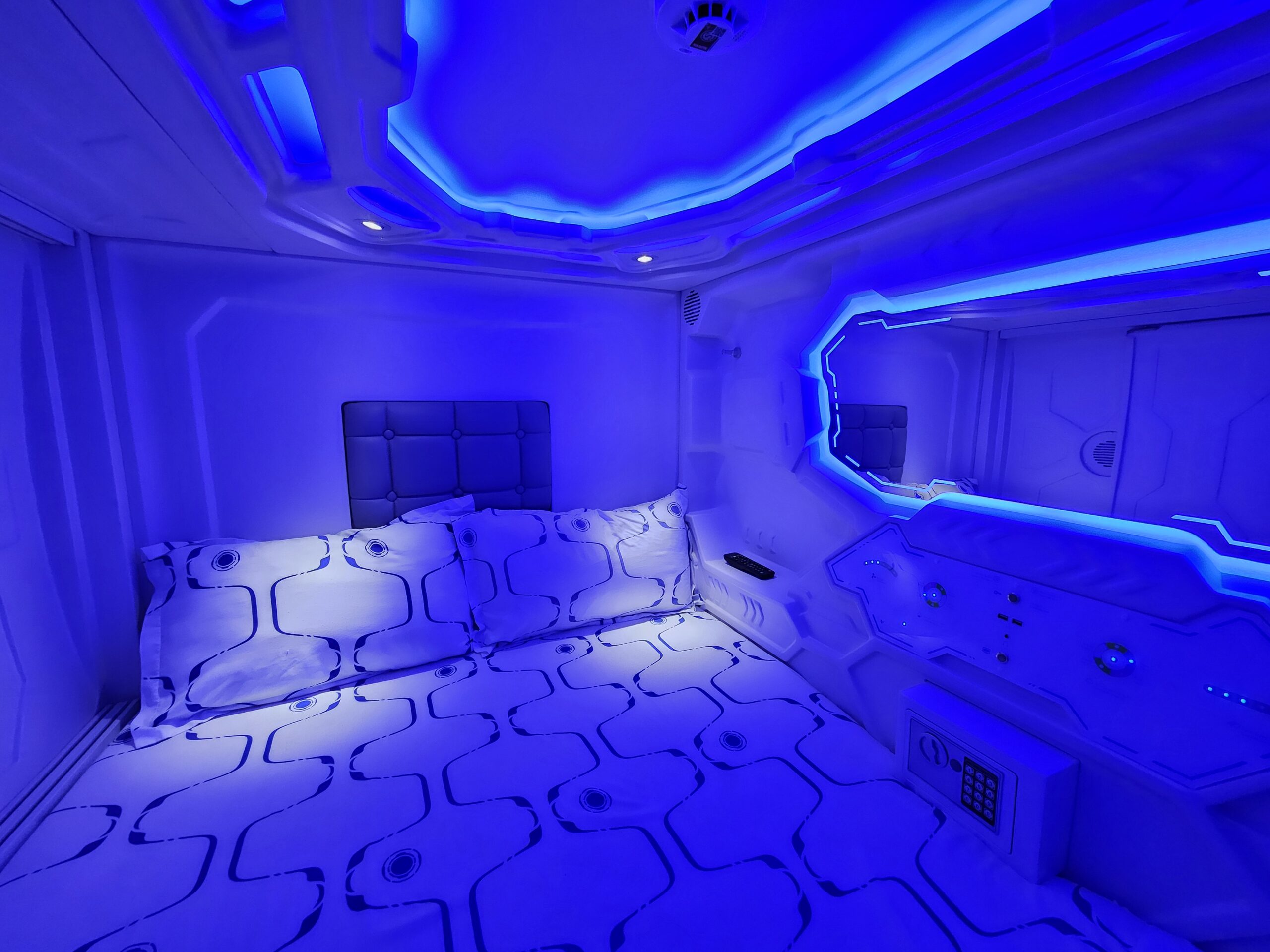Hi, I’m Hailey, a Canadian adventure travel blogger and digital nomad. I’m a jump-in-head-first type of gal, moving out for the first time across the globe to Nepal for 7 months. There, I kick-started my career as a travel blogger and have been adventuring ever since.
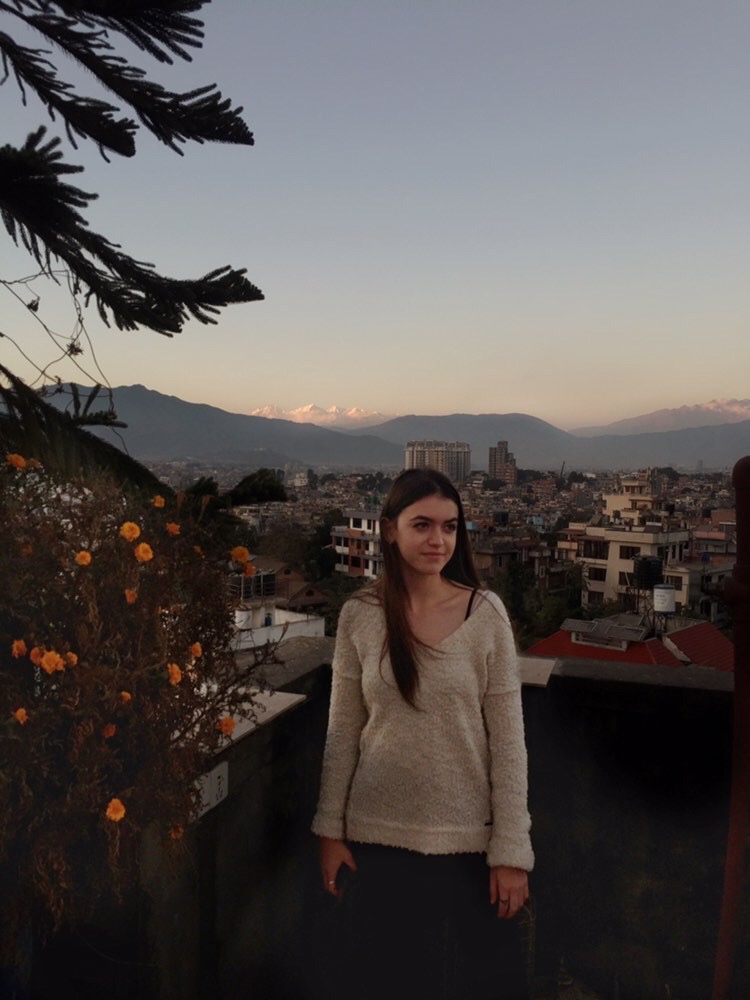
What to expect in this article:
- My life in Nepal
- What is it like living and working in Nepal?
- The workplace in Nepal
- Local interactions
- Modern comforts
- Advantages of living in Nepal
- 1. Incredibly low cost of living
- 2. Warm, welcoming locals
- Diversity of landscapes and experiences
- 4. Easy access to nature and adventure
- 5. Rich culture and spiritual depth
- 6. Vibrant expat and NGO community
- 7. Slower pace of life
- 8. Opportunities to learn and grow
- Beautiful destinations to visit in Nepal
- 1. Visit the 7 UNESCO World Heritage Sites in Kathmandu Valley
- 2. Pokhara
- 3. Namo Buddha
- 4. Bhaktapur
- 5. Chitwan National Park
- 6. Lumbini
- 7. Trekking routes like Langtang, Annapurna or Everest
- Making friends in Nepal
- Conclusion: Should you move to Nepal?
My life in Nepal
I moved to Nepal for my final year of my undergraduate degree. We had the choice to spend 7 months writing an academic thesis or move abroad to do an internship at a non-profit. To me, the choice was pretty simple.
I spent a total of 7 months living in Nepal’s capital city, Kathmandu. A chaotic and thrilling city in the foothills of the Himalayan mountains.
During my time in Nepal, I volunteered for a fair-trade women’s empowerment organization that was working to empower women’s handicraft and micro-farming careers. I got to travel all over the country to rural Nepali communities that no other tourists visit to meet the women who were affected by their efforts and document their stories in a book.
Living in Nepal, I fell head-over-heels in love with this stunningly diverse country and all of its beautiful chaos. In this guide, I will cover exactly what it is like to live in Nepal (something I desperately searched for before moving there on my own). We’ll talk about advantages, making friends, where to visit, paperwork, food, and more!
P.s. this is part 1 of my Nepal adventure, also make sure to read part 2!
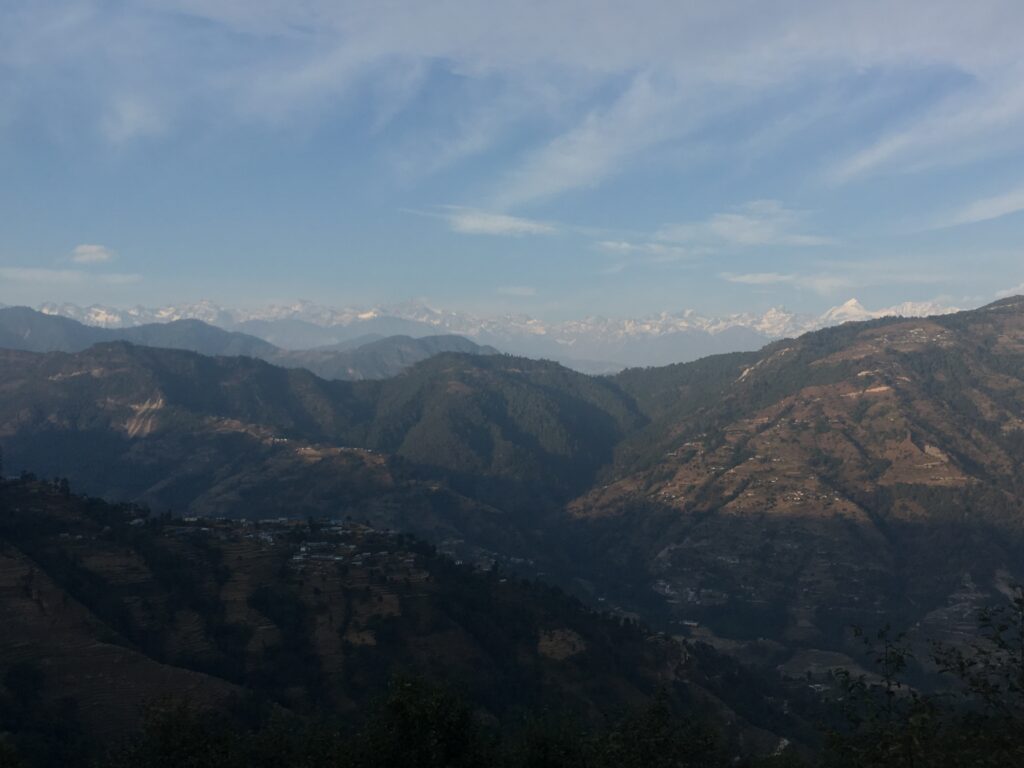
What is it like living and working in Nepal?
Living in Nepal is not for everyone. But if you are an open-minded and adaptable person, then it is the most rewarding experience. The two main places expats live when moving to Nepal are Kathmandu or Pokhara, with most choosing Kathmandu.
Life in Kathmandu is a whirlwind of sensory overload. The streets are loud, dusty, and packed with motorbikes weaving between cars, dogs, pedestrians, and the occasional cow. Electricity cuts happen occasionally, and there is no central heating indoors, yet I never felt unsafe or out of place.
Read more articles about living abroad!

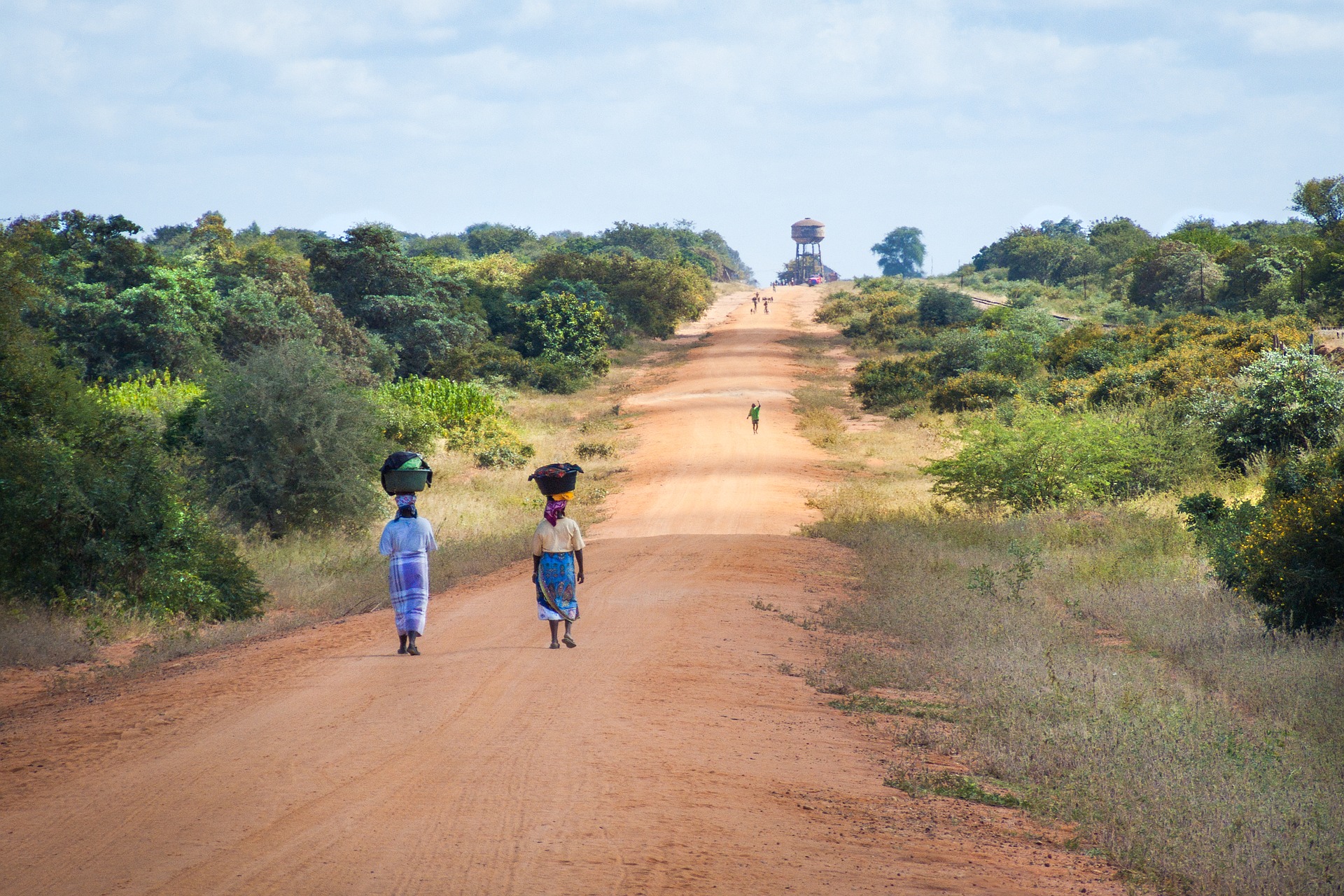
What is it like to live & work in Mozambique and South Africa?
The workplace in Nepal
The work week in Nepal is Sunday – Friday. Yes, 6 days per week.
Expect things to move more slowly than what you’re used to. “Nepali time” is real, and deadlines tend to be more fluid. One morning, after I submitted an edited proposal, my boss said, “You know, you don’t have to be so quick to finish tasks, you can take your time.”
People are warm and generous. We ate lunch together every day, prepared by our “didi.” And there were multiple tea times throughout the day.
Lunch in Nepal happens around 2 – 3 pm, so my coworkers made sure to provide me with biscuits every day at noon because they knew I was used to eating lunch around that time in Canada. This was completely unprompted or asked for, they were just really thoughtful.
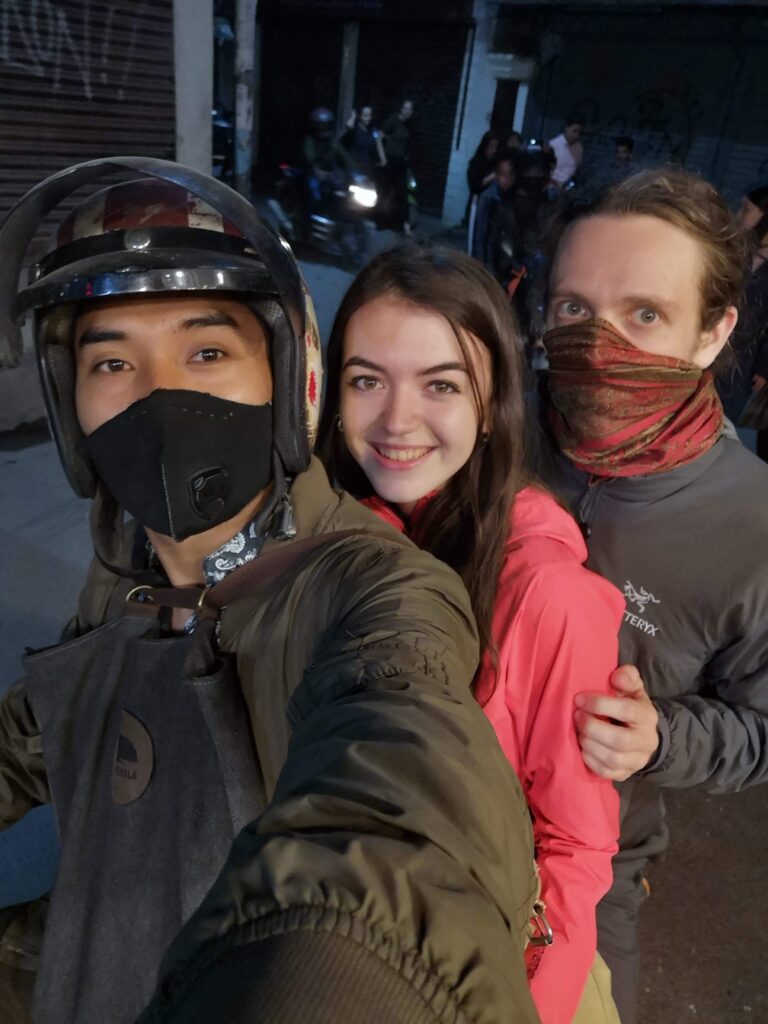
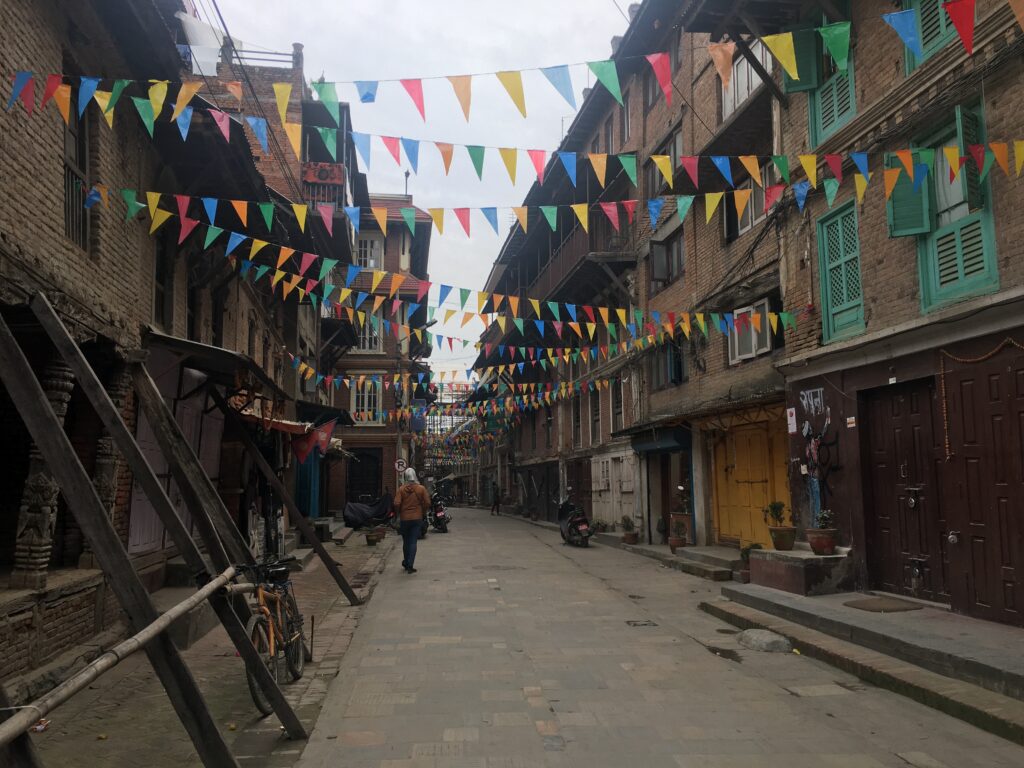
Local interactions
As a foreigner, you’re often treated with curiosity and kindness. Locals often went out of their way to help me or invite me to festivals and family gatherings. The sense of community in Nepal is strong and if you make an effort to learn some basic Nepali or show respect for the culture, you’ll be welcomed in quickly.
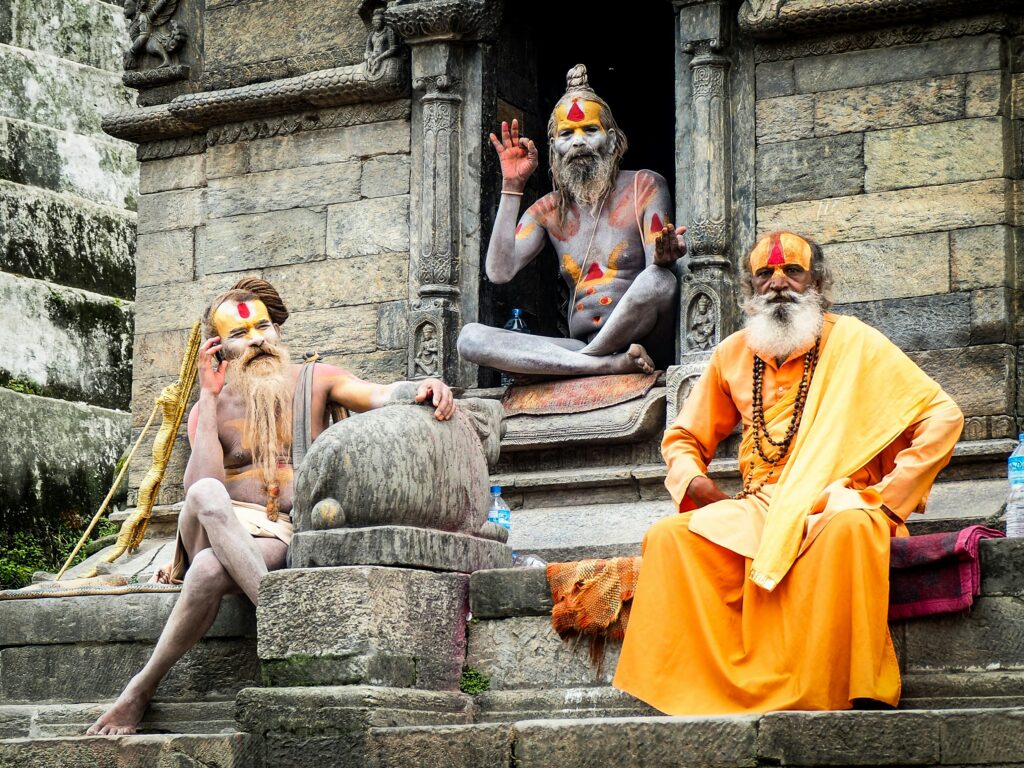
Modern comforts
The biggest thing that comes to mind when I think about comparing modern comforts to home in Canada is central heating. Kathmandu doesn’t get that cold in winter, the lows are about 0 degrees Celsius. But there is no central heating in any buildings in Nepal, so you will have to rely on space heaters.
It didn’t bother me too much, except for showering. Showering with *occasionally* warm water in 0 degrees was unpleasant. I ended up getting a gym membership to a place nearby that was much warmer inside and had hot showers.
Overall, living in Nepal is filled with interesting contrasts: ancient temples and modern cafes, sacred cows and speeding scooters, deep spiritual tradition and a young generation chasing innovation. Living in Nepal forces you to slow down, notice more, and let go of the illusion of control. It’s not always easy, but it’s deeply grounding – and it changed the way I move through the world.
Don't forget to book an activity in Nepal
Advantages of living in Nepal
1. Incredibly low cost of living
We’ll cover this in more detail in part 2, but in general, Nepal’s cost of living is ridiculously cheap compared to Western countries. If you are working a remote job with a Western salary, you can live like royalty.
2. Warm, welcoming locals
I never like to generalize, but for the most part, locals in Nepal are really welcoming to foreigners. The culture is very community and family-oriented, so you’ll likely be invited to dine with family members. If you show interest and respect, it is very easy to immerse yourself in the life of locals while living in Nepal.

3. Diversity of landscapes and experiences
In all my 10+ years of travel, Nepal has the most diverse landscapes for such a small country that I’ve been to. In northern parts, you’ll find the world’s tallest mountains in the Himalayas. The towns here are built into mountainsides, with family members gathering around wood-burning stoves and carrying bundles of living necessities 4x their size on their backs through the mountains.
Central Nepal is full of the Himalayan foothills. It has rolling green hills with communities of terraced farms living in the clouds. This is where most of the population lives in cities like Kathmandu and Pokhara.
Southern Nepal is a subtropical rainforest with tigers! Chitwan National Park is one of the best places to visit here, with safaris and boat rides on tropical rivers.
4. Easy access to nature and adventure
In my 7 months in Nepal, I trekked to Poonhill in the Annapurna Region, trekked to Annapurna Base Camp, went canyoning down waterfalls 3 hours from Kathmandu, flew over white-peaked mountains on a scenic flight, took a tiger safari in Chitwan, hiked in Himalayan foothills, took my first hot air balloon ride, paraglided over mountains, visited sacred monasteries, and way more!
To get to the Annapurna Mountain Range, you just take a short 30-minute flight and drive for a few hours. You can access the trail to Everest Base Camp with a short 45-minute flight into Lukla. Chitwan is a 6-hour direct bus. And the foothills surround Kathmandu, ready to be hiked.
All that to say, living an adventurous life here is super easy. There are tons of unique things to do in Nepal.
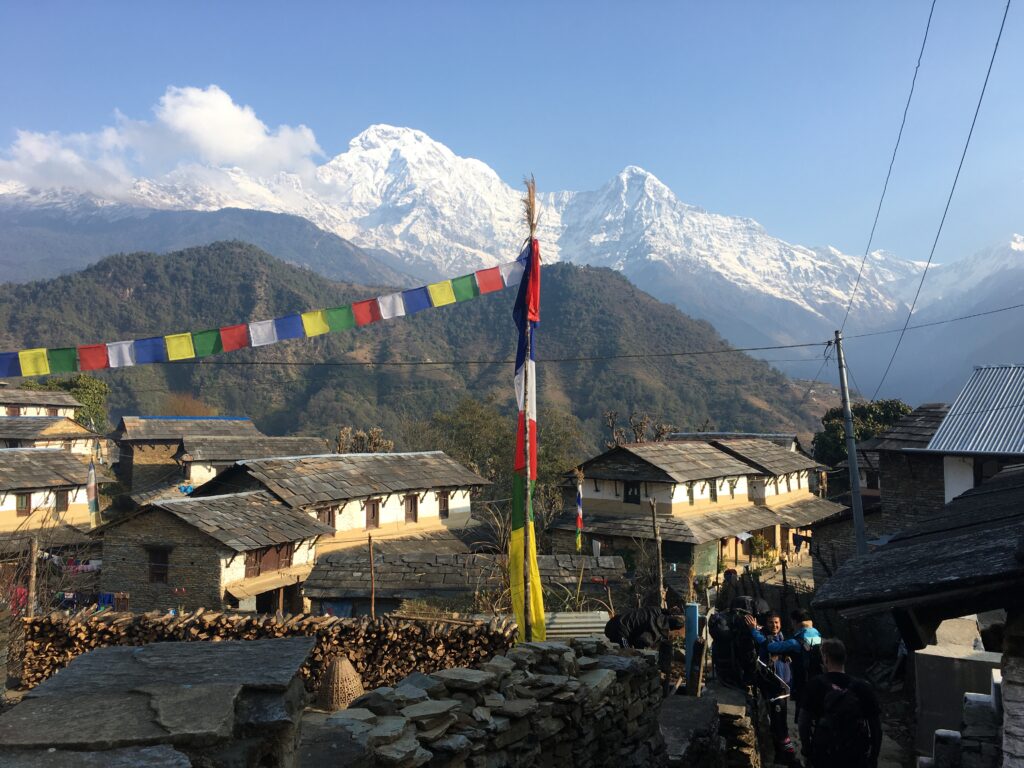
5. Rich culture and spiritual depth
Nepal has a really unique blend of Hindu and Buddhist traditions. Kathmandu Valley is a designated UNESCO World Heritage site because it has 7 sacred landmarks, some of which are Hindu, some are Buddhist, and many incorporate the traditions of Nepal’s indigenous group, the Newaris.
Out of my two best local friends, one was a new-age Tibetan Buddhist and the other was a traditional Brahman Hindu. There are national holidays at least once a month, where you’ll witness rituals and festivals, like the week-long Dashain in October or the colourful Holi festival in early March.
6. Vibrant expat and NGO community
Especially in Kathmandu, there’s a strong network of international workers, volunteers, and travelers to connect with. There are Facebook groups to connect you with expats and regular events. I lived in Patan, the oldest part of Kathmandu, which is where you’ll come across tons of expats in your everyday maneuverings.
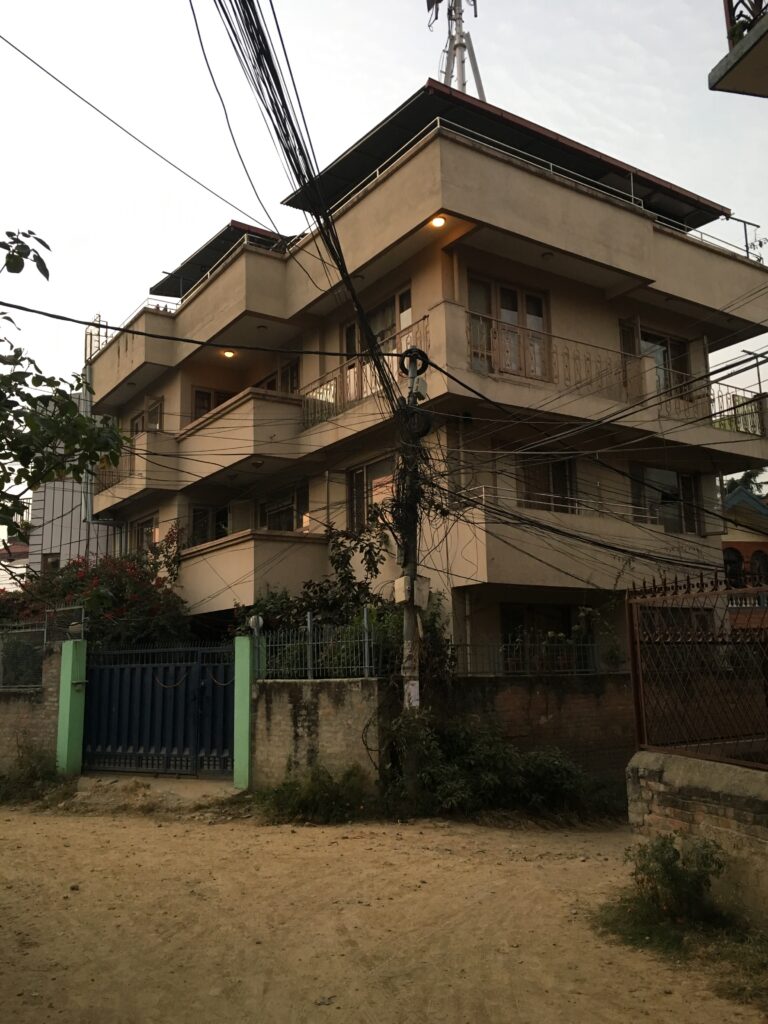
7. Slower pace of life
Nepali time can be frustrating at first, but it teaches you patience and helps you let go of urgency.
8. Opportunities to learn and grow
Living in Nepal pushes you out of your comfort zone in the best way possible. You’ll gain resilience, cultural perspective, and a stronger sense of self.
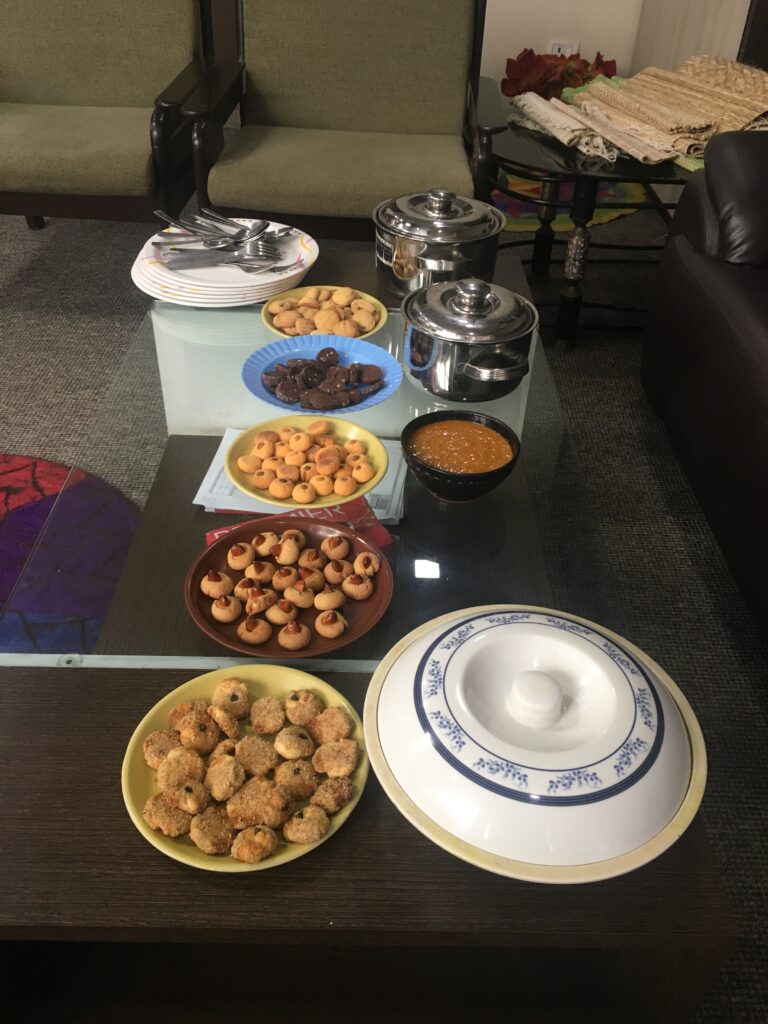
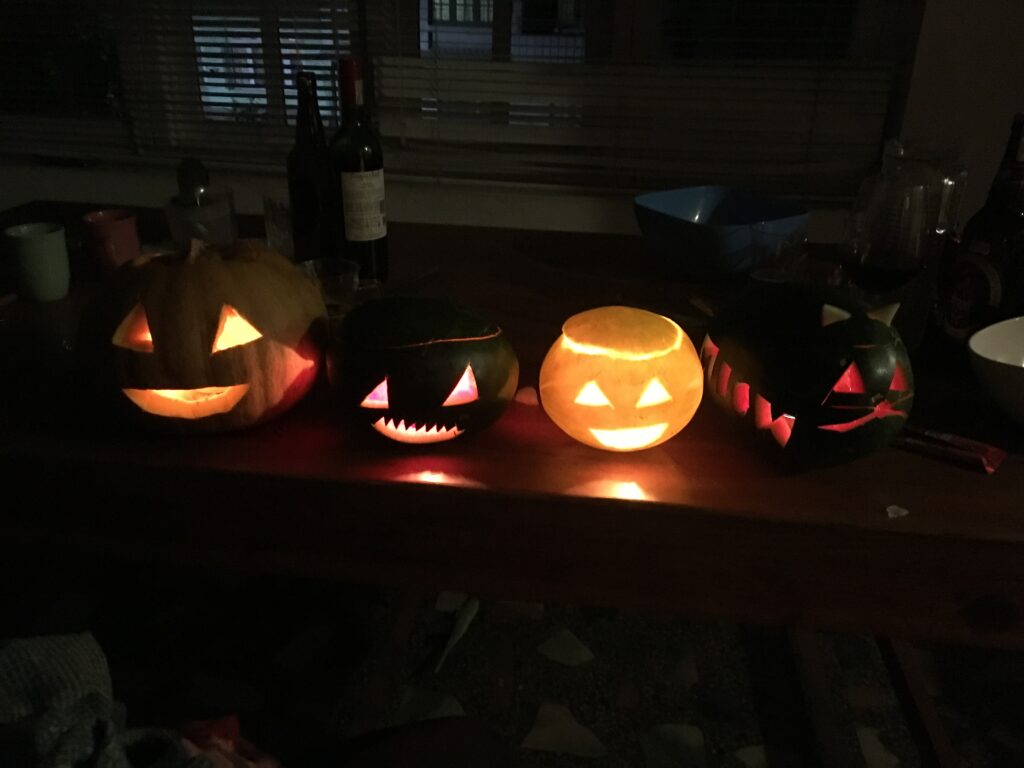
Beautiful destinations to visit
1. Visit the 7 UNESCO World Heritage Sites in Kathmandu Valley
There are four sites in Kathmandu: Boudhanath Stupa (A Buddhist worship site), Pashupatinath (A sacred Hindu temple dedicated to lord Shiva with ritual cremations happening 24/7), Swayambhunath (also known as Monkey Temple for its thousands of monkeys living on-site), and Kathmandu Durbar Square (a central square filled with an old royal palace, a living goddess, and temples everywhere).
Patan Durbar Square is the oldest part of Kathmandu with a museum, ancient temples, and a maze of streets featuring traditional Newari architecture. Patan is technically a different city from Kathmandu, but they blend together so much, it just feels like one big city.
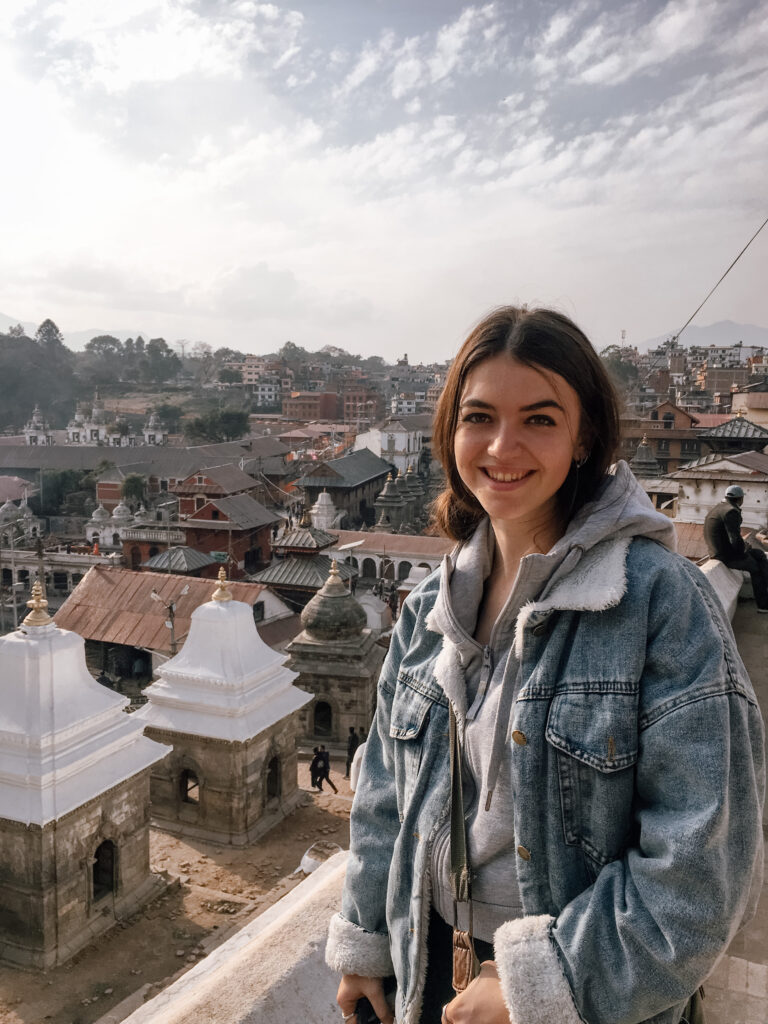
Then there is Bhaktapur Durbar Square. Bhaktapur is about 30 minutes outside of Kathmandu. The square is often considered the most picturesque, with a deep Newari influence seen in its temples, shrines, and old palaces. It also has a pottery square, which provides a glimpse into this Nepali handicraft tradition.
About 30 minutes from Bhaktapur, you’ll find the final UNESCO Site, Changu Narayan Temple in Nagarkot. Nagarkot is a town high in the rural hills, where you can get a great look at local rural life in Nepal.
There are so many other amazing things to do in Kathmandu, and you can find them in this itinerary I wrote about the city.
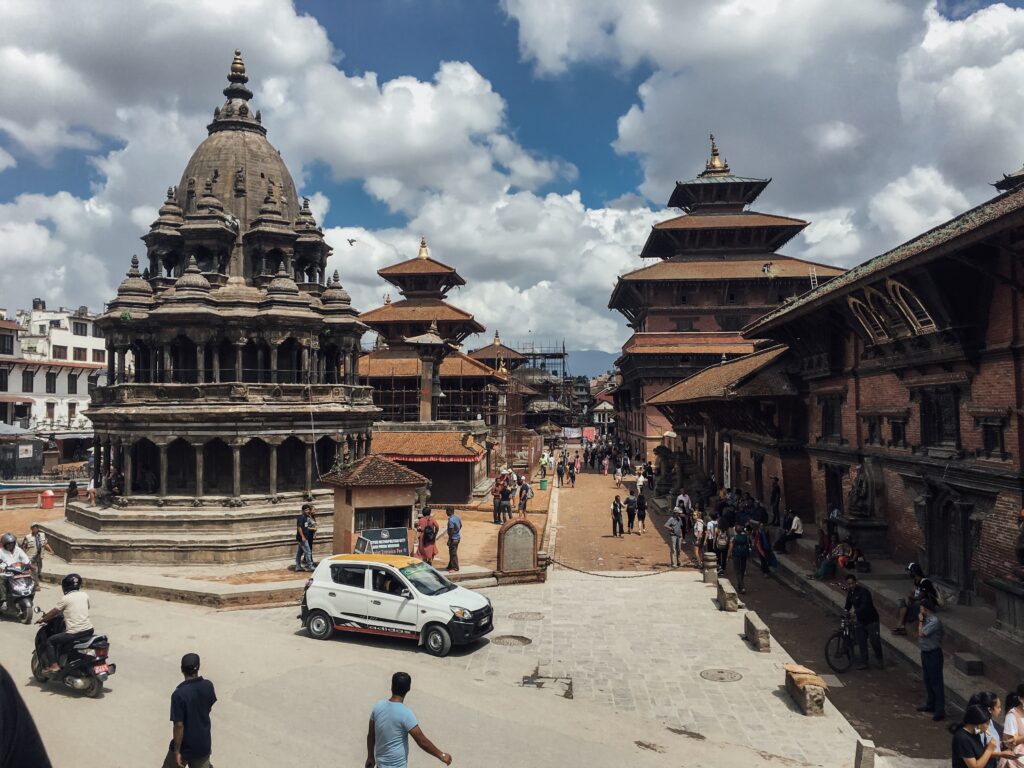
2. Pokhara
Pokhara feels like a lazy beach town, but a lakeside version. It is right on the shores of Phewa Lake, which is the second largest lake in Nepal. It has colorful boats, cozy cafes, cheap spas, and insane views of the iconic fishtail mountain looming overhead.
It is often used as the gateway to some of Nepal’s best treks like the 3 – 5 day Ghorepani Poon Hill, the 7 day Annapurna Base Camp, or the hidden gem Mardi Himal trek.
I visited this town a total of four times over the 7 months I lived in Kathmandu to get to the mountains, but also to explore all the amazing things there are to do in Pokhara.
3. Namo Buddha
About 45 minutes drive from Kathmandu, Namo Buddha is a hilltop town with insane views over the clouds and of the Himalayas. There is a stunning resort above the clouds called Namo Buddha Resort and a monastery that trains local Buddhist monks.
It’s serene, spiritual, and a must-visit if you are living in Nepal.
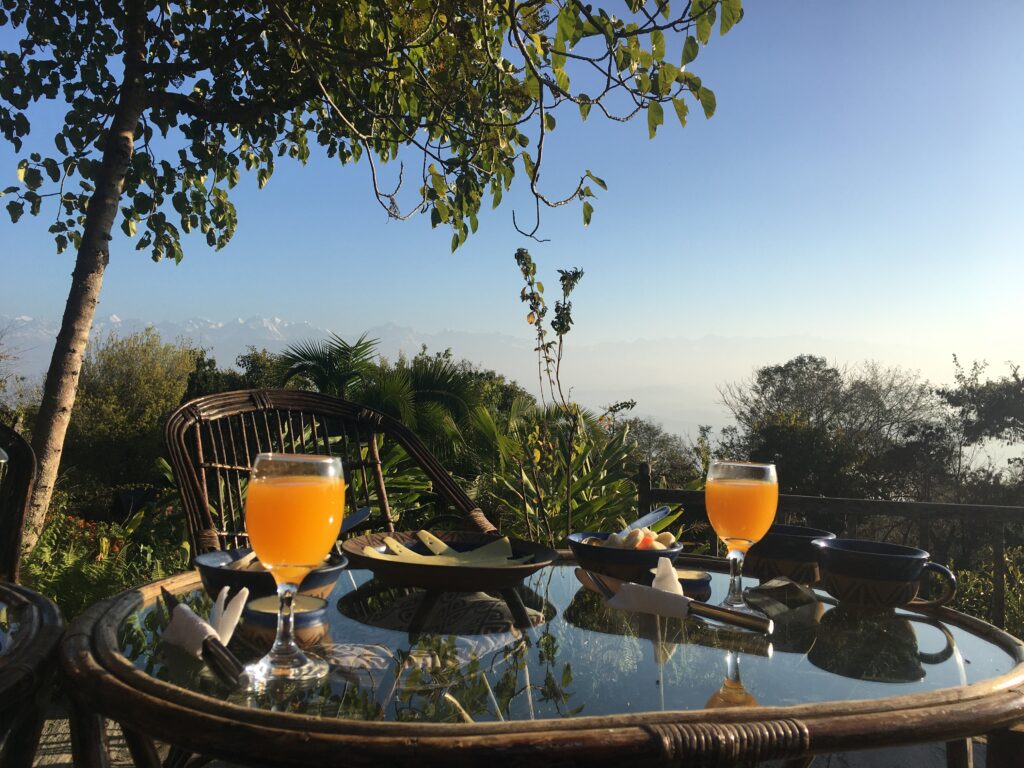
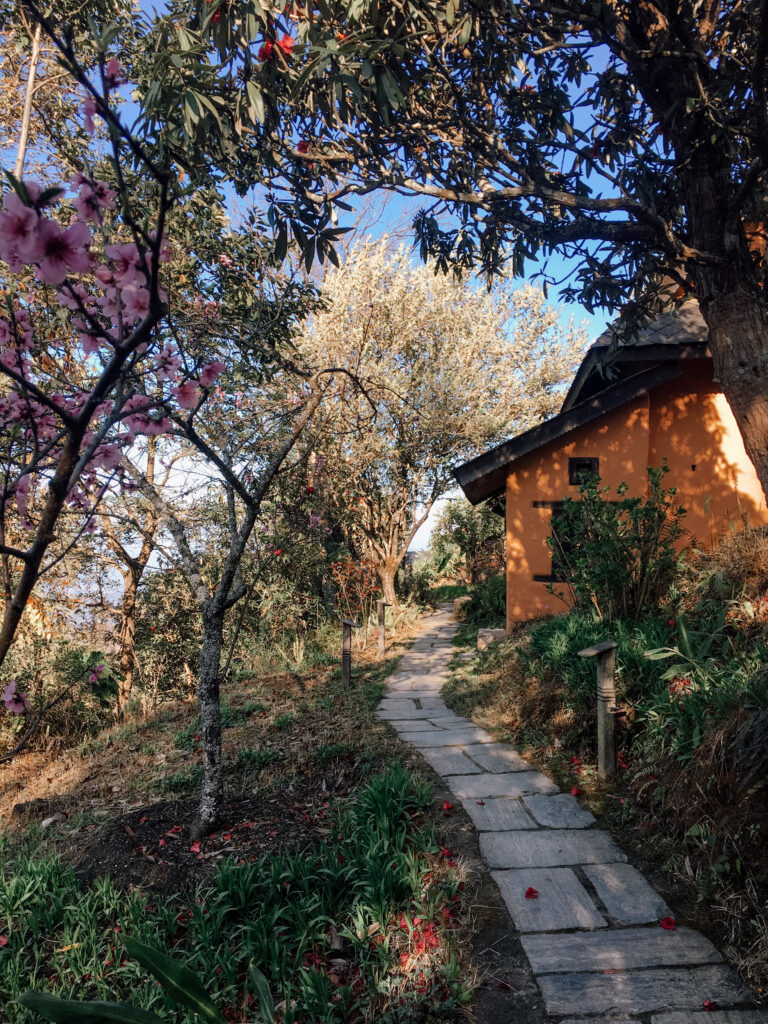
4. Bhaktapur
A preserved medieval city known for its art, temples, and pottery traditions. The main square, Bhaktapur Durbar Square, is considered the most scenic of the three royal plazas in Kathmandu Valley.
I visited Bhaktapur only twice in my time in Nepal, but was blown away each time. We watched a pottery demonstration from a local handicrafter by simply walking up to his shop (and giving a small tip). Don’t miss Nyatapola Temple, the tallest temple in Nepal.
5. Chitwan National Park
In southern Nepal, Chitwan is a jungle in the Terai region. It has wildlife safaris, where you can spot rhinos, elephants, and even tigers (although they are incredibly elusive). You can visit local villages, canoe down the river, and see a much more lush and humid part of Nepal.
Chitwan is about 6 hours from Kathmandu, so I only visited once, but it is a must!
6. Lumbini
If you are interested in history and connecting to spirituality in Nepal, visit Lumbini – the birthplace of the Buddha. It is a pilgrimage site filled with monasteries built by Buddhists from all over the world.
It is not a flashy destination, it’s pretty simple. But it is sacred.
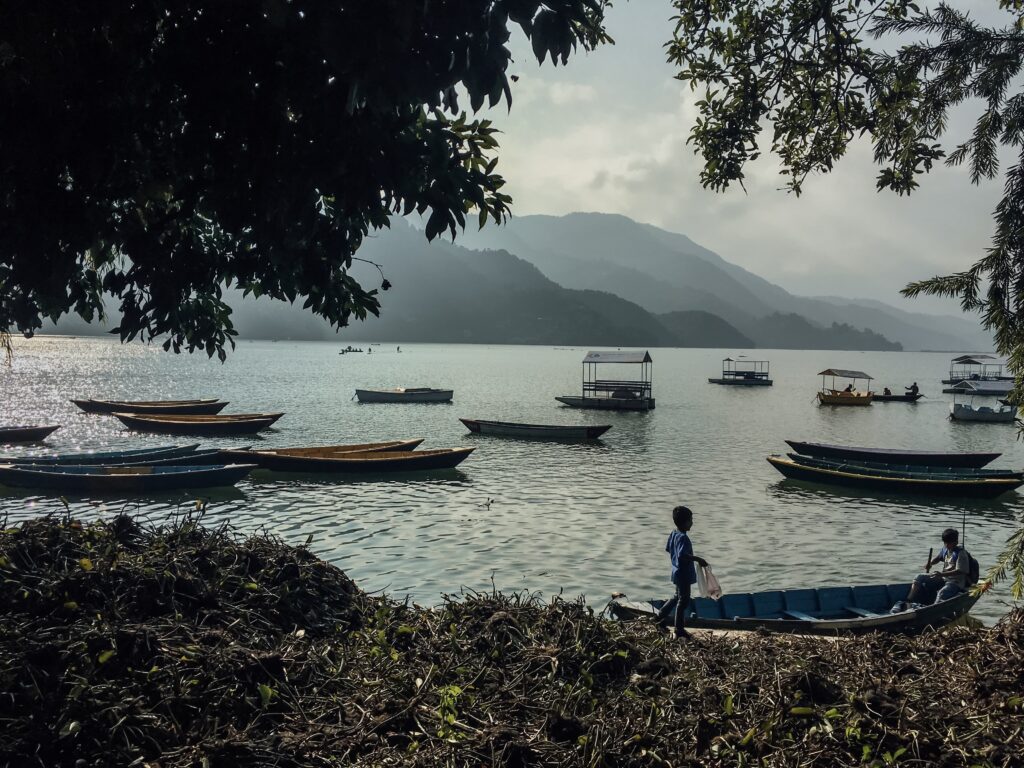
7. Trekking routes like Langtang, Annapurna, or Everest
You don’t need to be a mountain climber to get right into the Himalayan ranges of Nepal. Many of them are really accessible for shorter 3 day treks like at Poon Hill or longer 12 day treks like Everest Base Camp.
The three main spots to access these mountains are:
- The Annapurna Range is accessed through Pokhara (a 30-minute scenic flight from Kathmandu)
- Lang Tang is an 8-hour drive on windy roads from Kathmandu
- The Everest Range is accessed through Lukla airport, a 45-minute flight from Kathmandu.
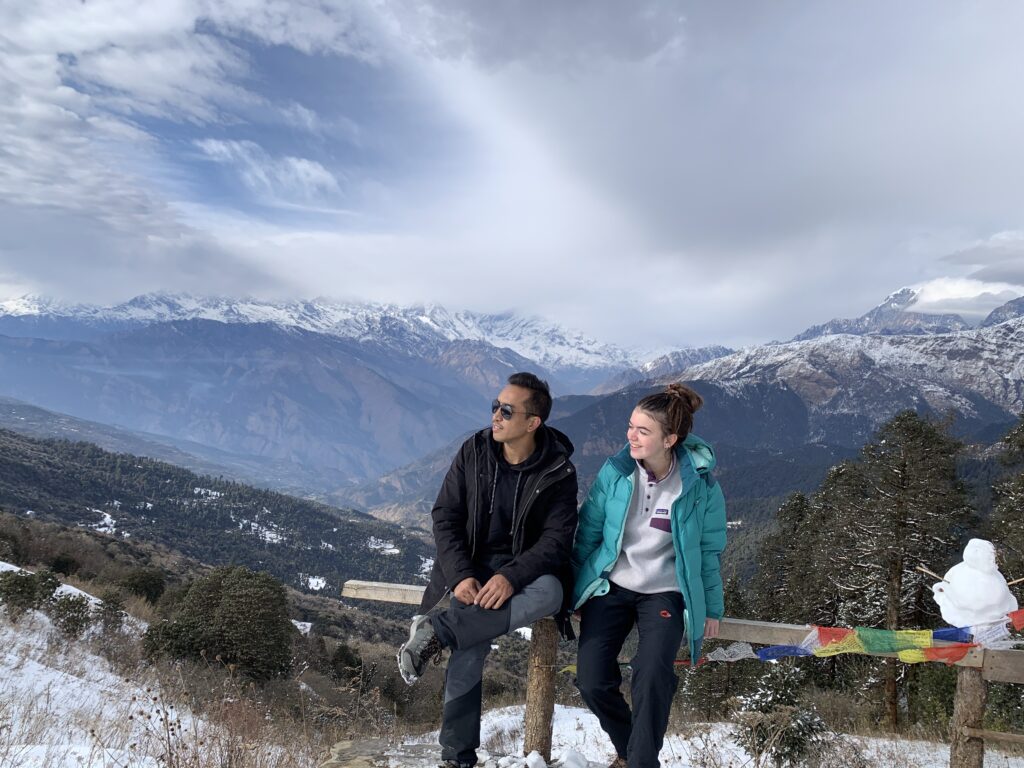

Making friends in Nepal
One of the things that scared me before moving to Nepal was how well I’d be able to meet and connect with people. I couldn’t find any resources online that explained what this was like for expats who didn’t speak the local Nepali language.
I was relieved when I arrived to find that not only is it possible to make friends in Nepal, it’s actually very easy.
Making Friends With Other Expats:
There is a massive expat community living in Kathmandu. I met most of them by joining expat Facebook groups, and then it spiraled from there. I talked to a few people and then got introduced to dozens of others as a result. There are expat events happening frequently, like small markets or trivia nights at pizza shops. We even got a group of us together to carve watermelons (instead of pumpkins) to celebrate Halloween.
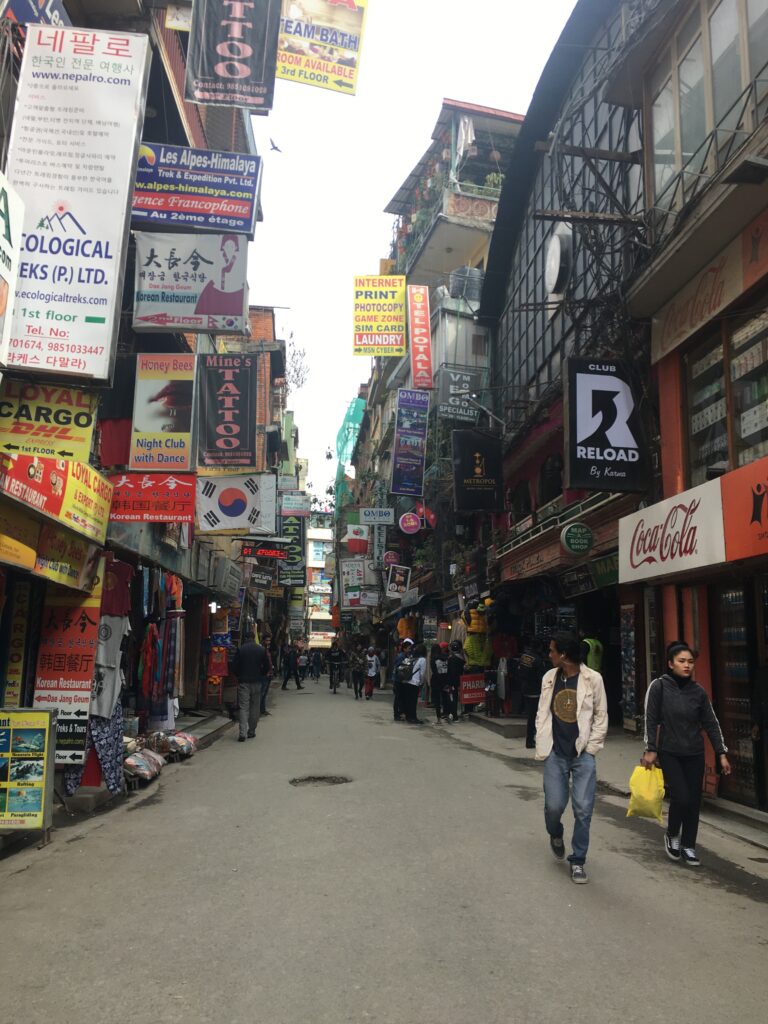
The best Facebook groups to join to meet other expats are:
- Kathmandu Expats
- Pokhara Expats
- Solo Travel Nepal – Less for expats, but this one is good for finding meet-ups
- Himalayan Hash House Harriers – If you like to run and hike, this group is THE network to join. They also do non-run related meetups. This is the group I went to trivia nights with.
Making Friends with Locals
It was super easy to make local friends in Nepal. I made friends easily with my co-workers, who were eager to get to know me and very welcoming. I also made local friends from simply being part of the social life in Thamel, Kathmandu. For example, we became friendly with a girl who frequently chatted with us in the bathroom at our favourite bar.
You just have to be friendly and open to talking to new people.
Conclusion: Should you move to Nepal?
Simply put, YES YES YES.
Living in Nepal is not your typical expat experience. It’s not polished. It’s not predictable. And it’s definitely not perfect.
But that’s exactly why it’s so special.
If you’re someone who needs pristine sidewalks, ultra-reliable infrastructure, or a Starbucks on every corner, this might not be your place. But if you’re craving adventure, cultural immersion, and the kind of personal growth that only comes from being deeply outside your comfort zone, Nepal might just be the best decision you ever make.
So, should you move to Nepal?
Only if you’re ready to be changed by it.
P.s this is part 1 of my adventure in Nepal. Make sure to also read part 2, for even more tips!!
Did you like reading this article or do you have any questions about moving to Nepal? Make sure to message me.
*Some of the links in the article are affiliate links, so I may receive a commission, at no cost to you, if you make a purchase through a link.


